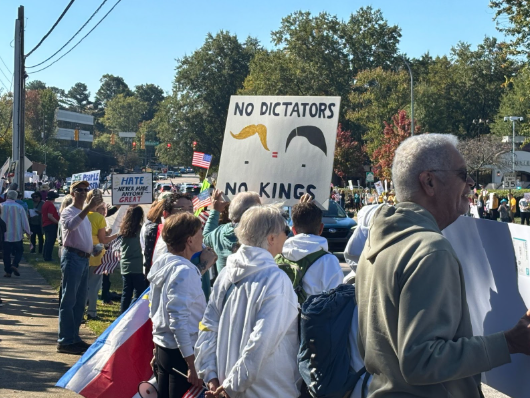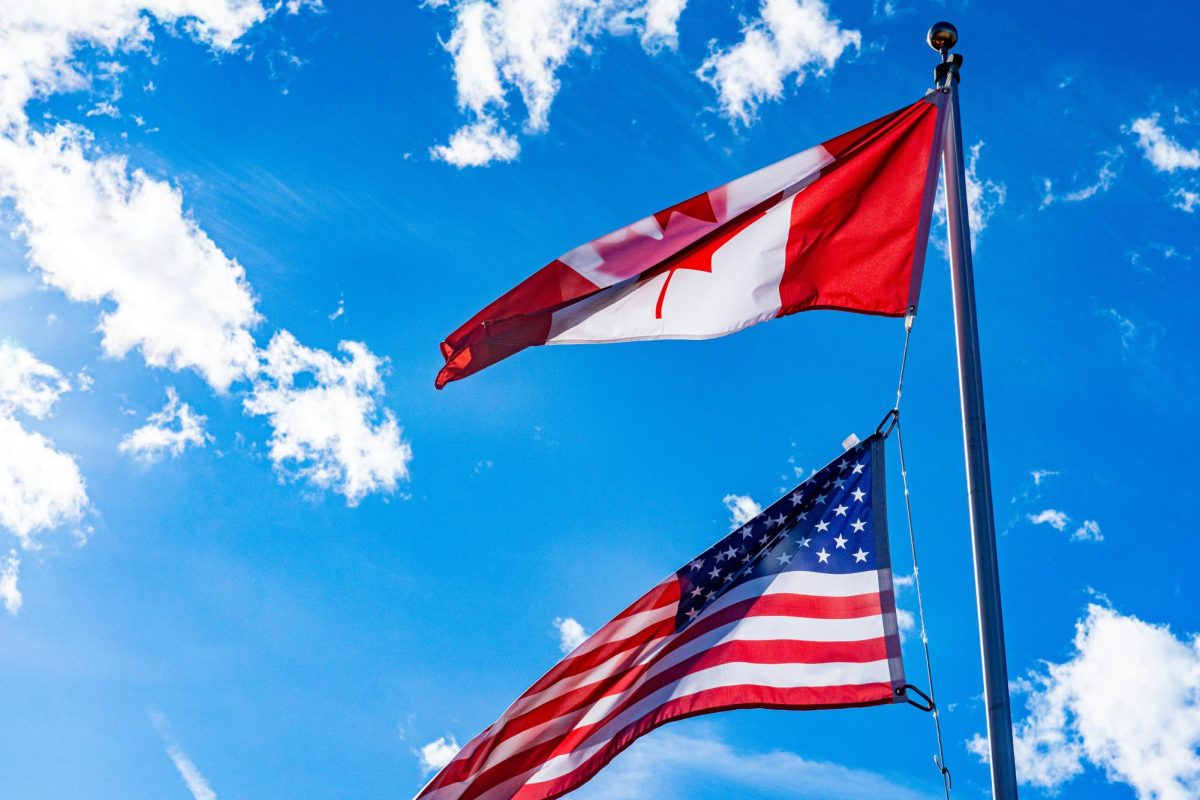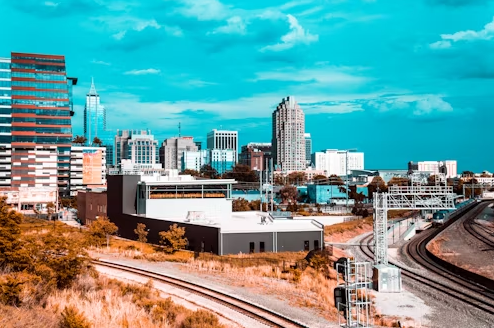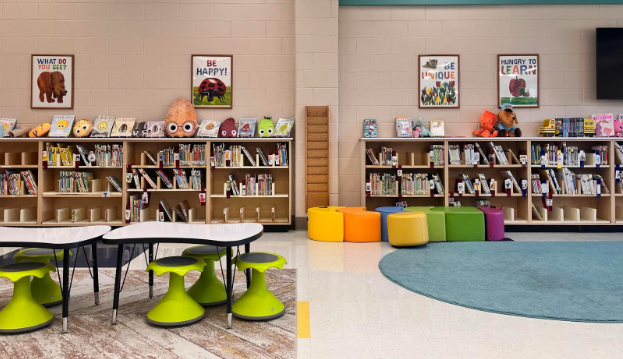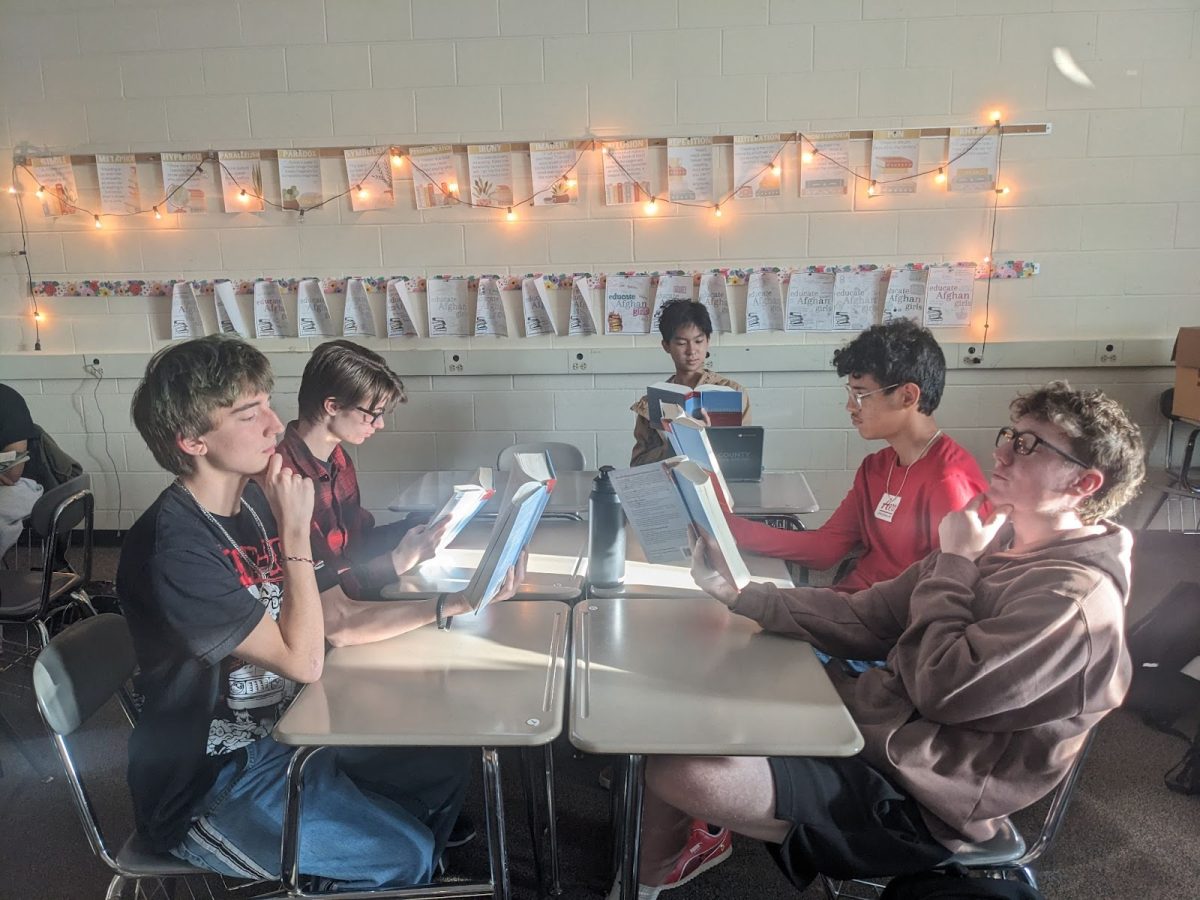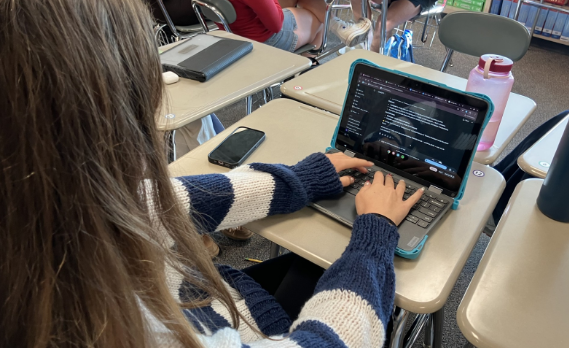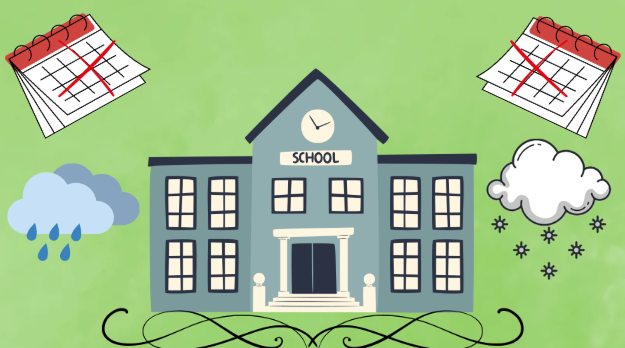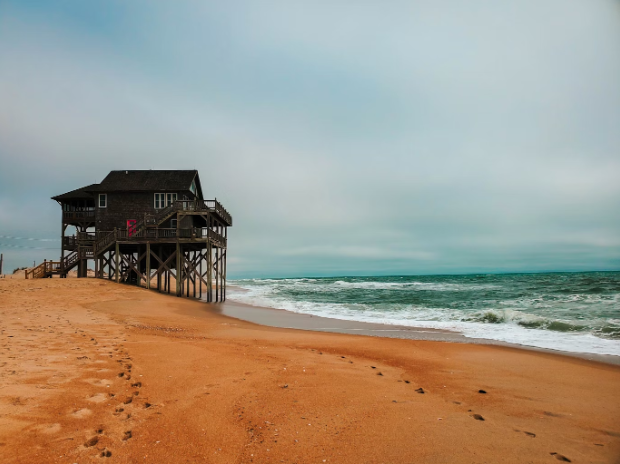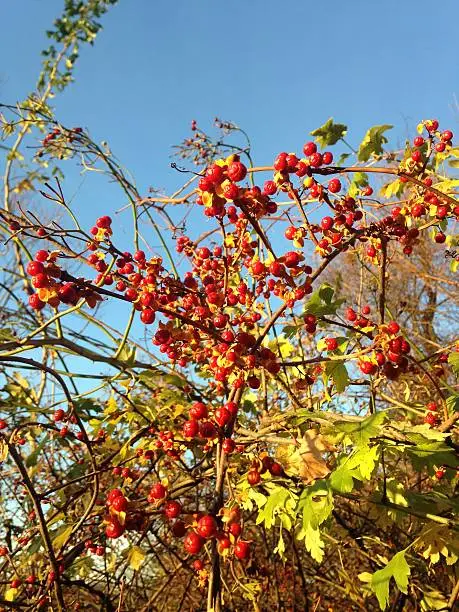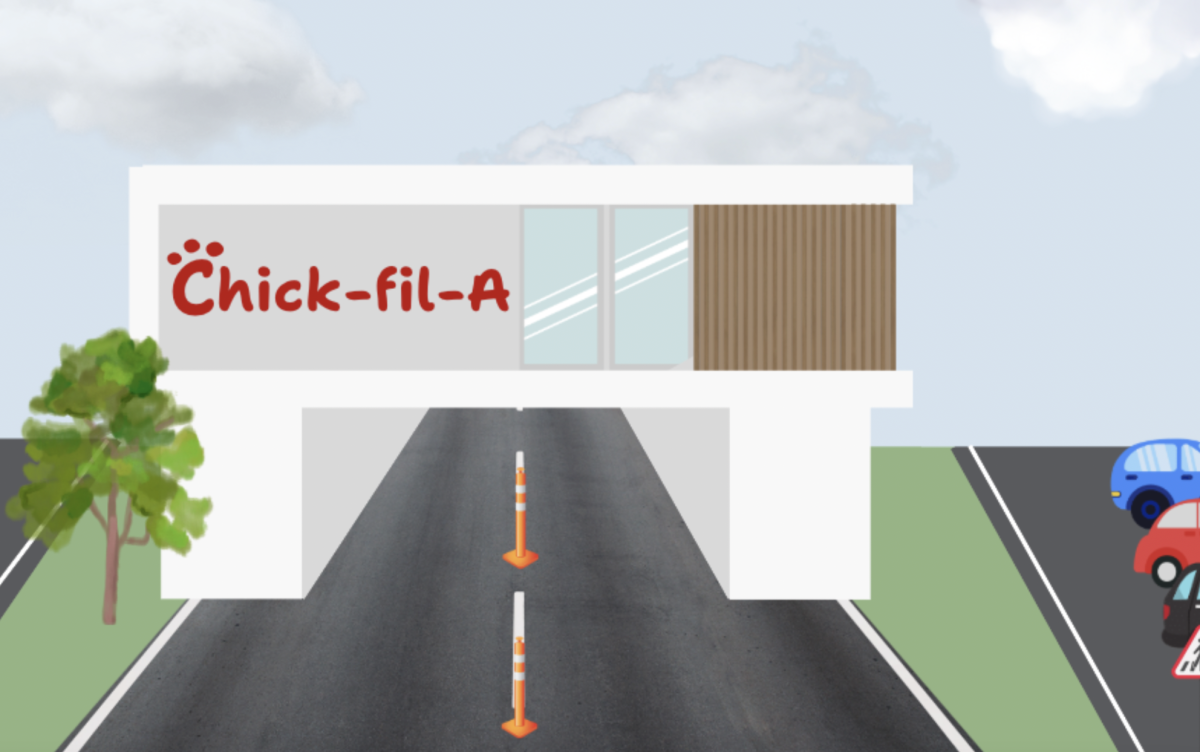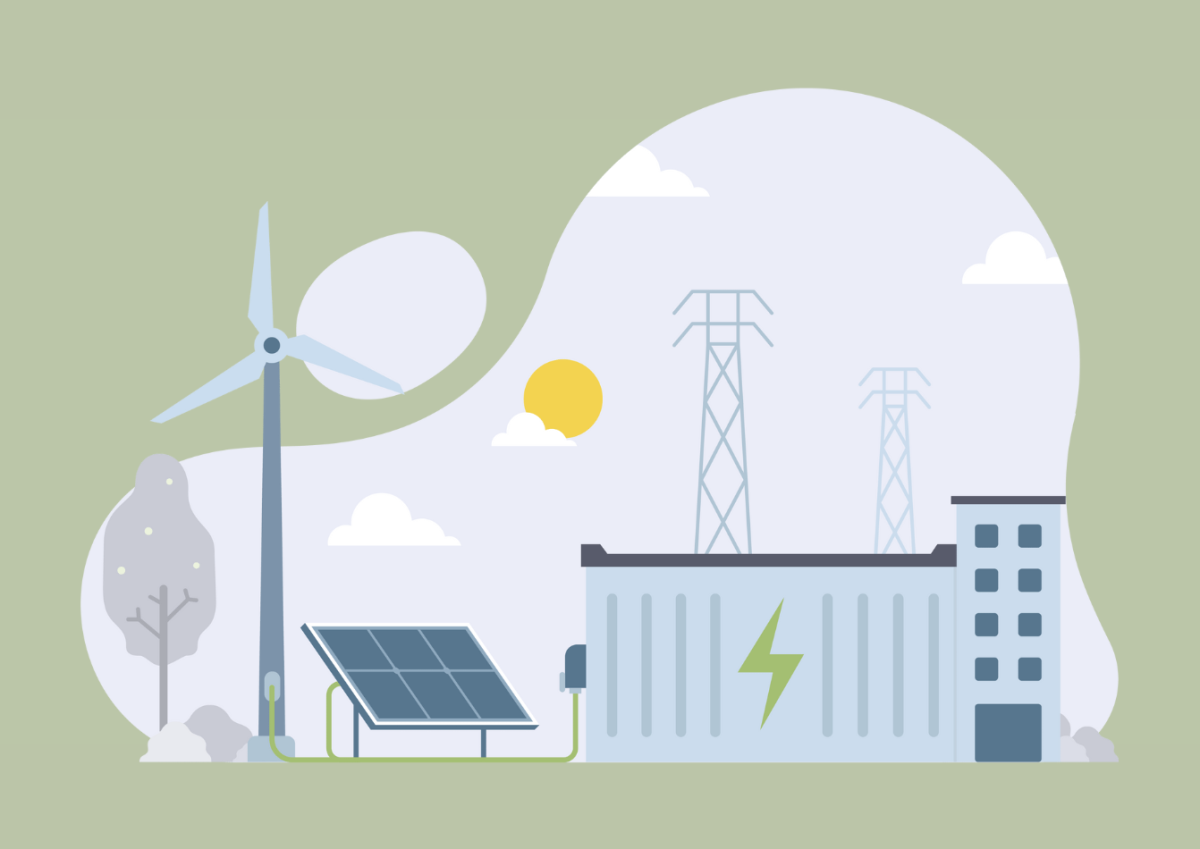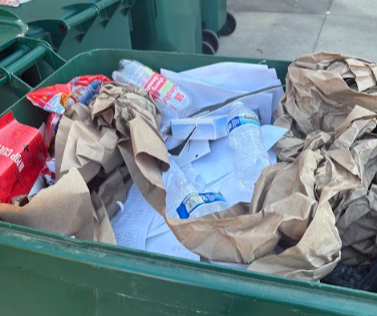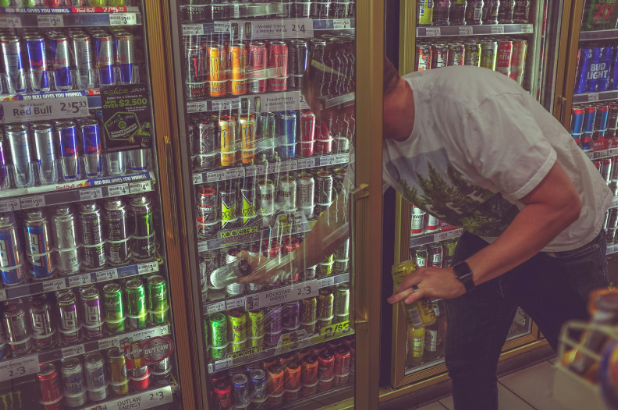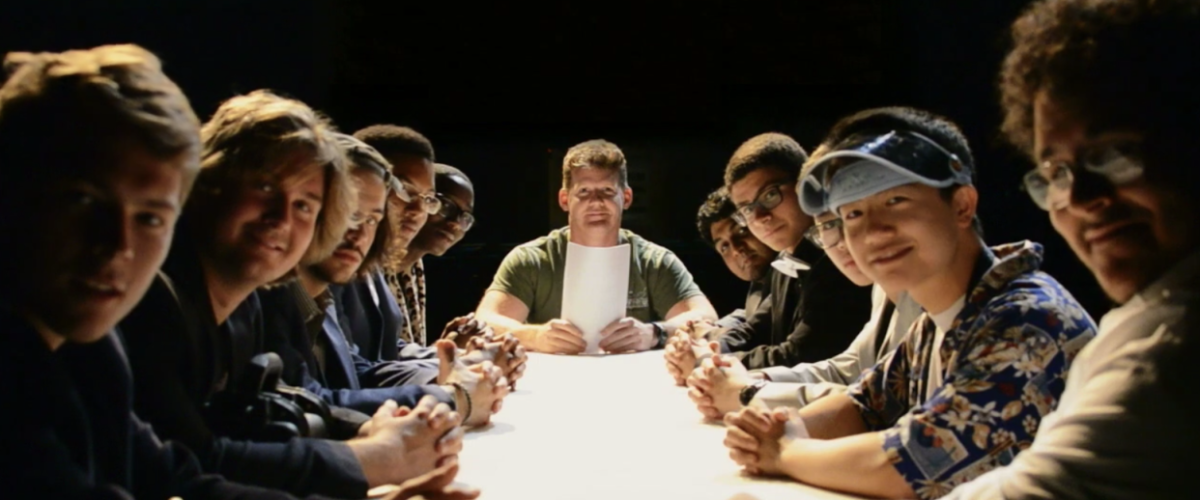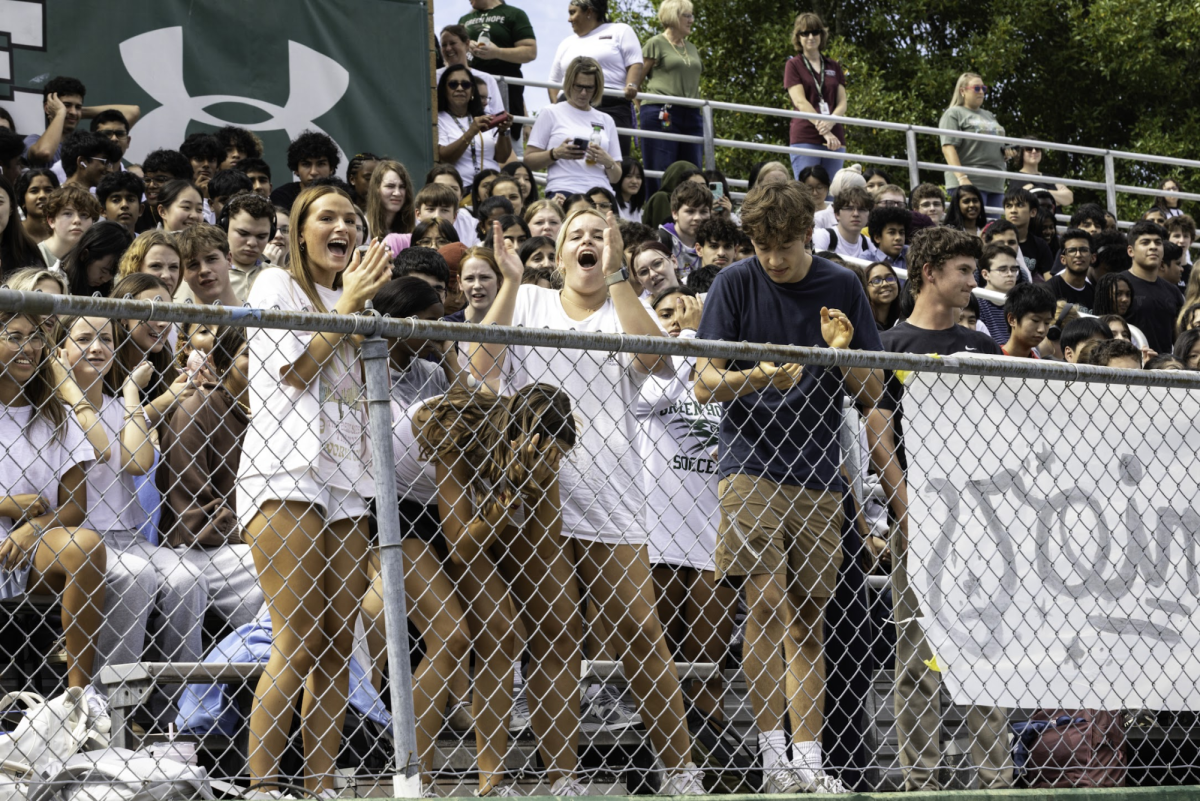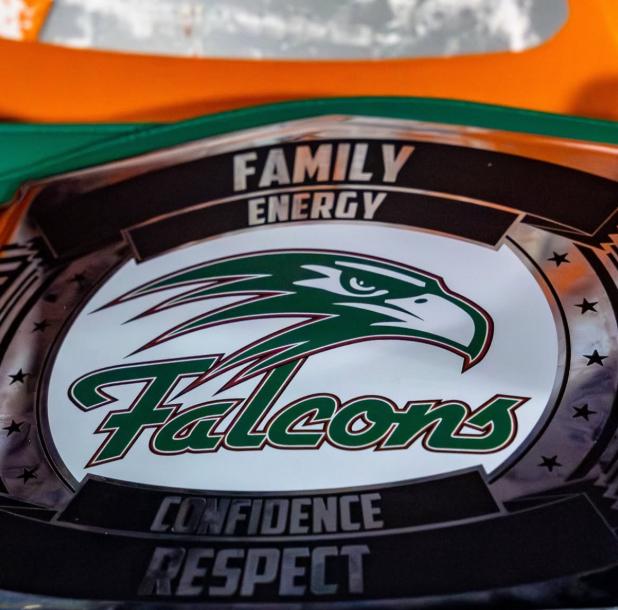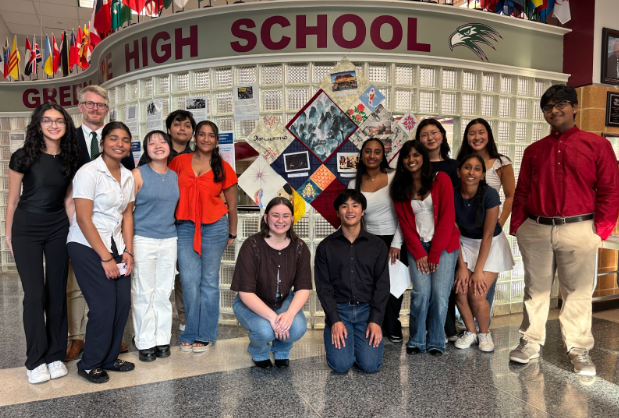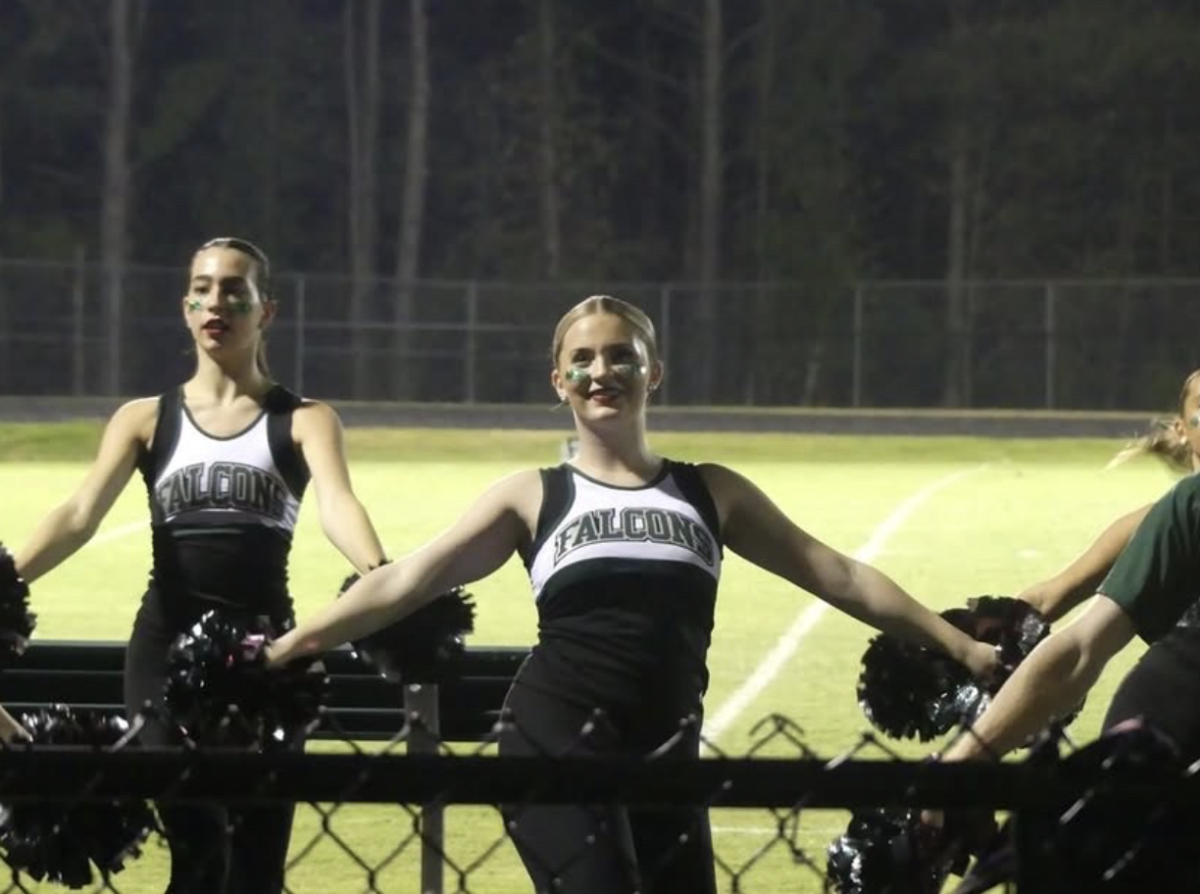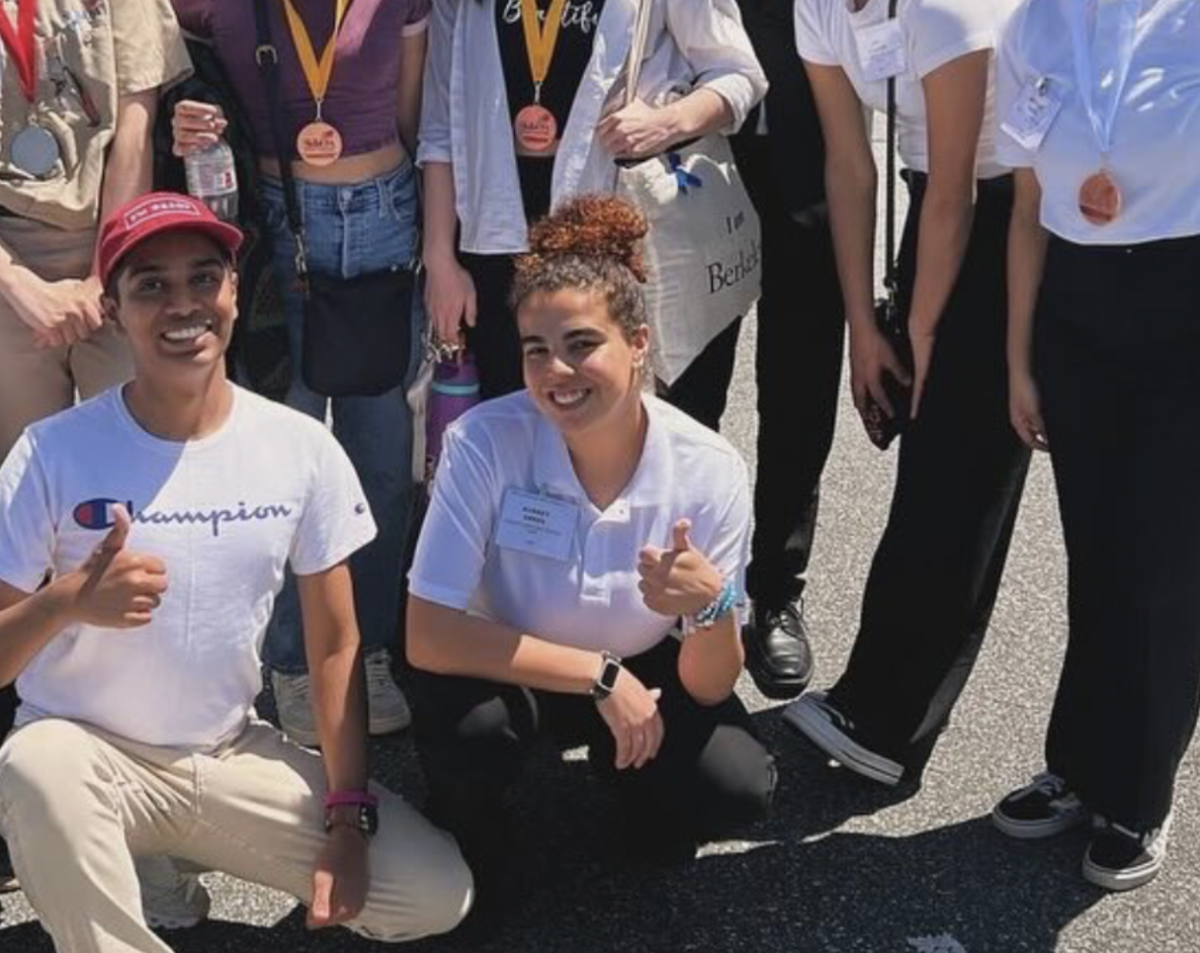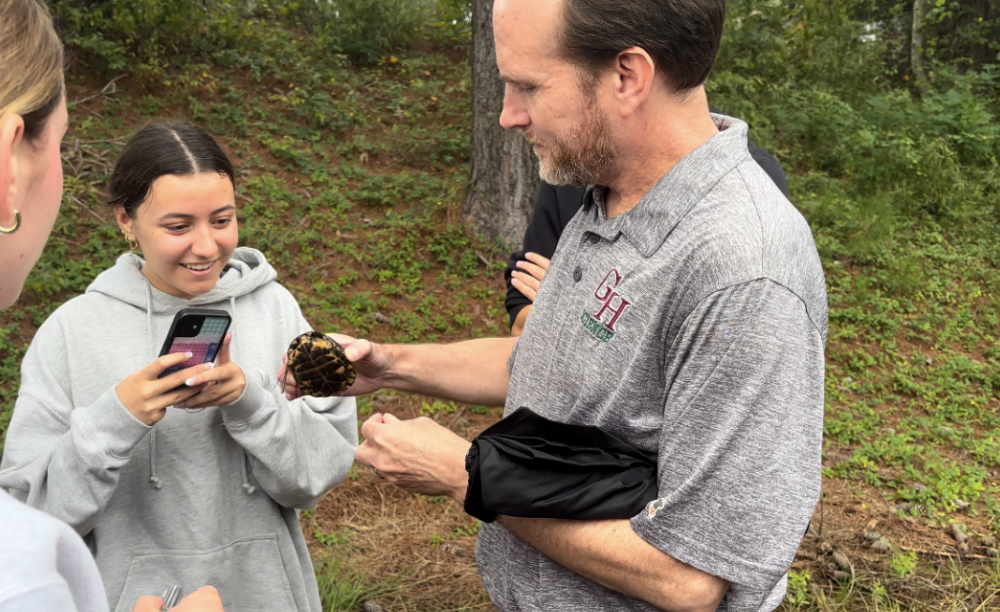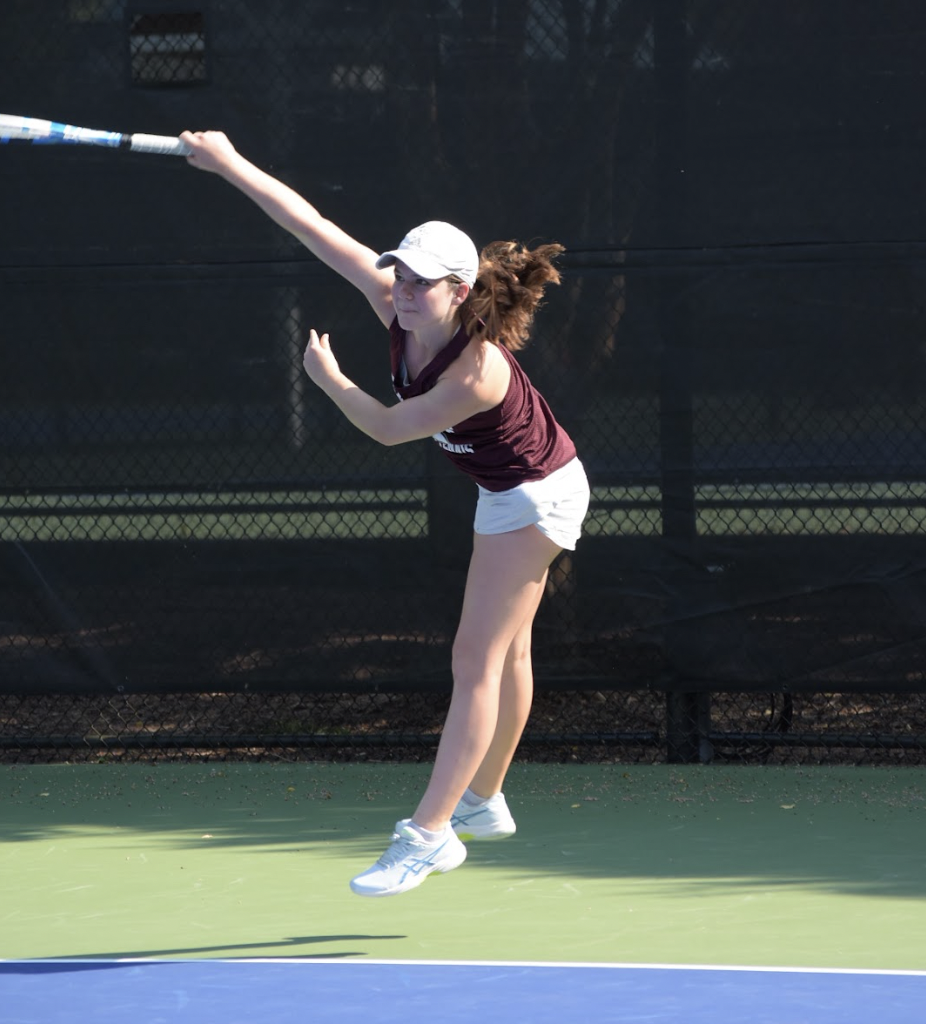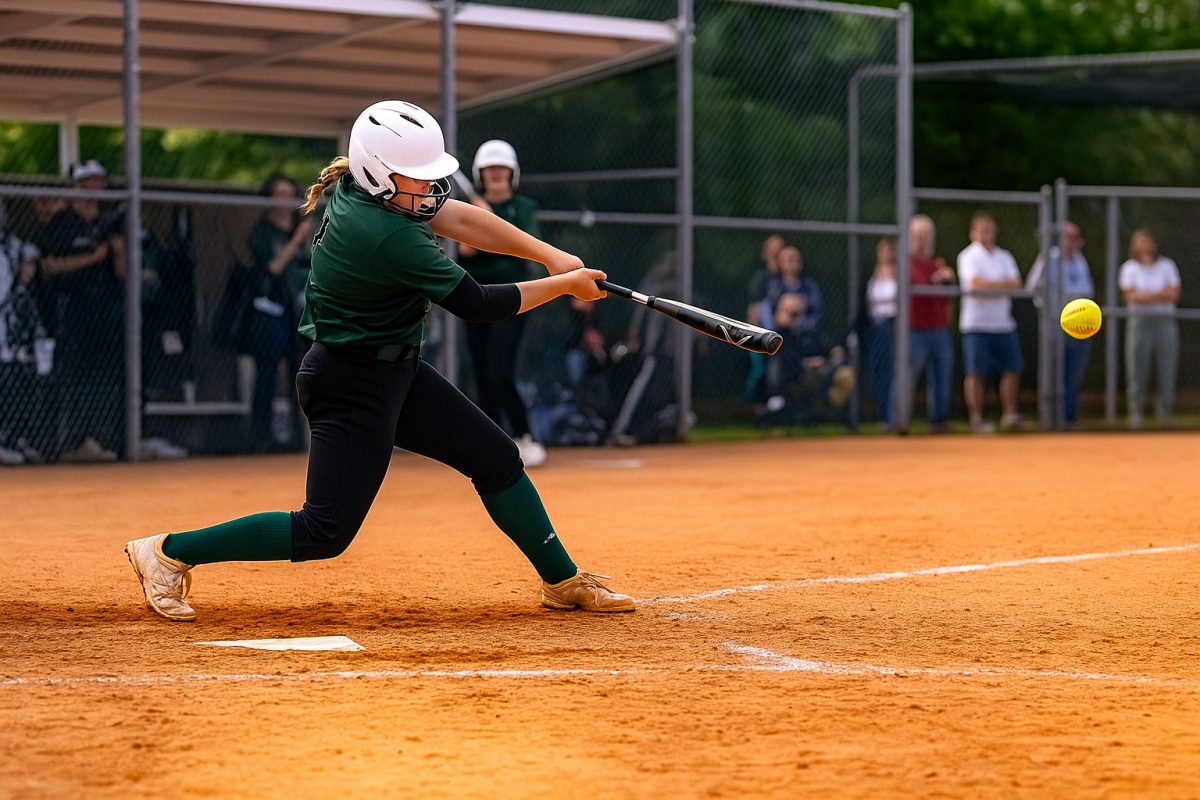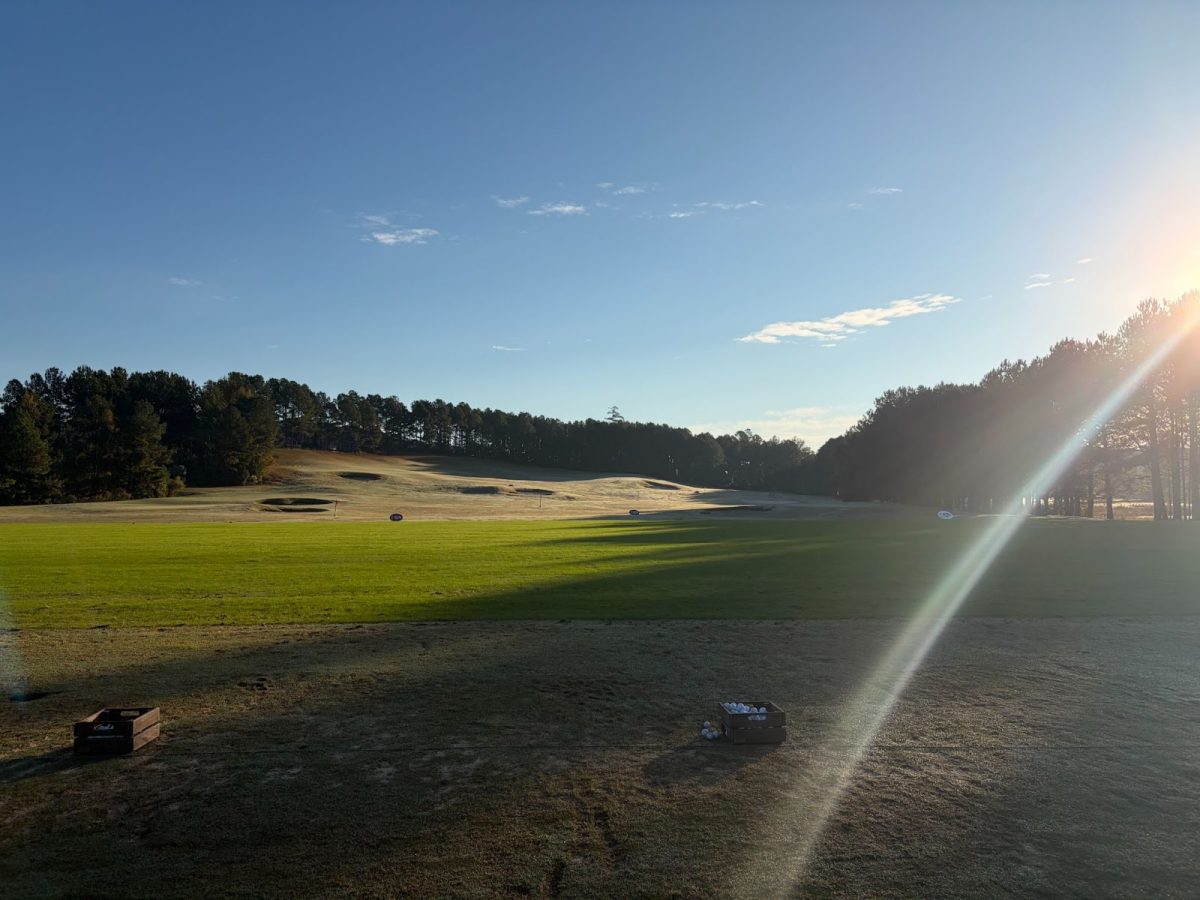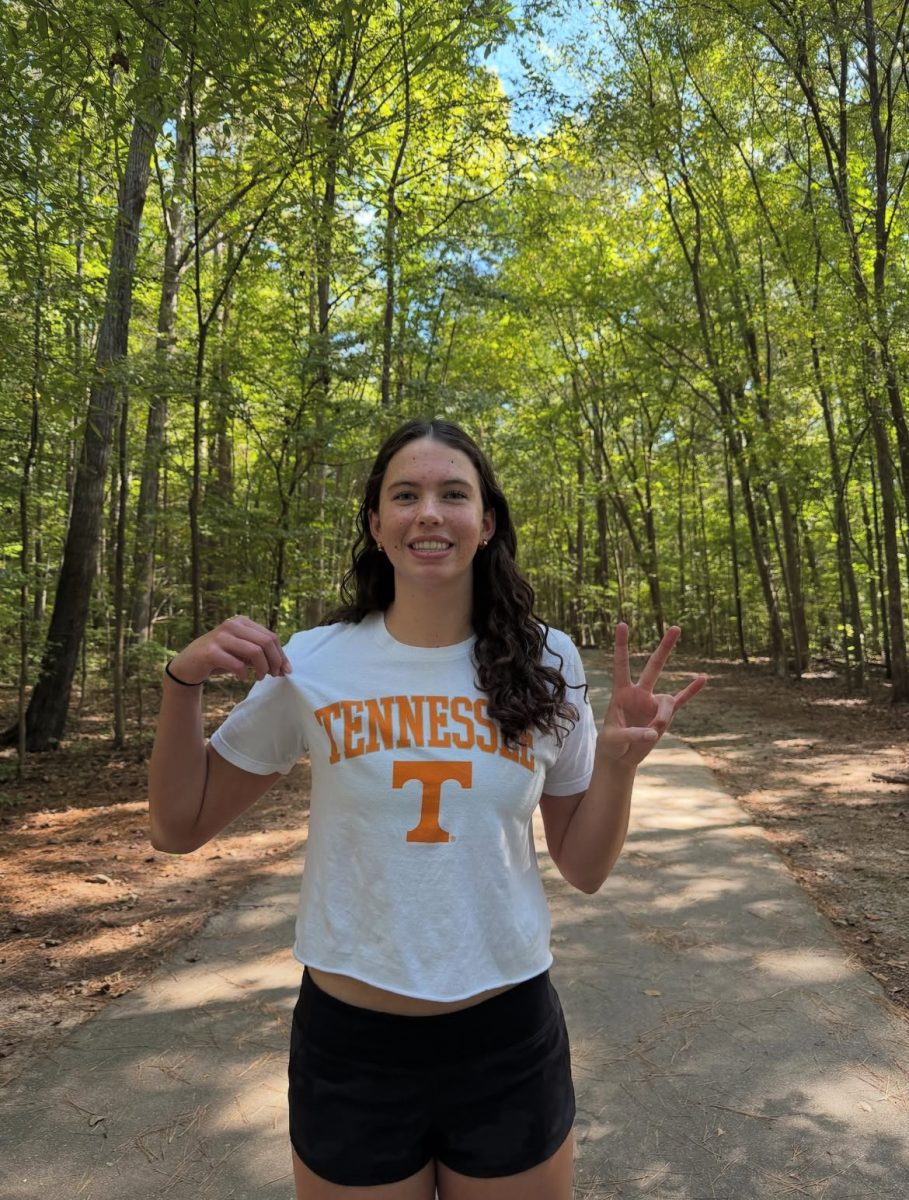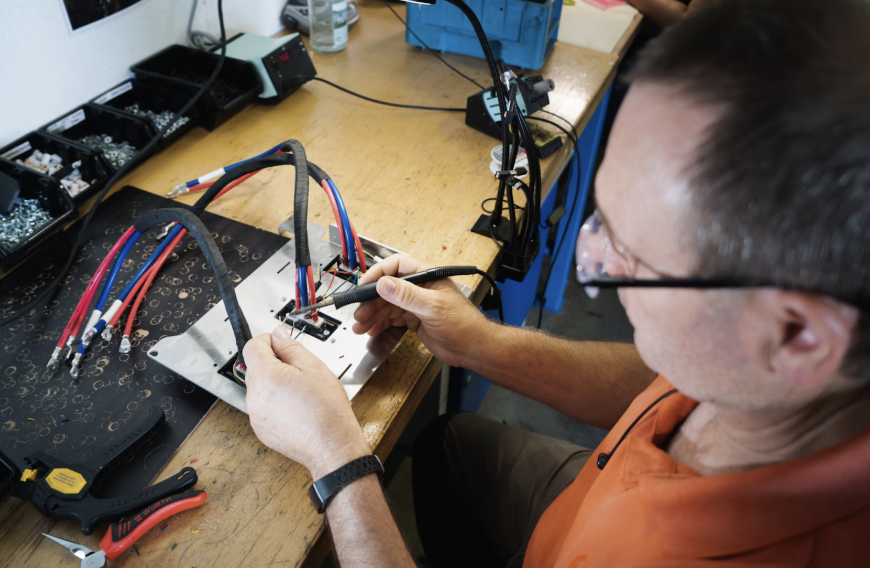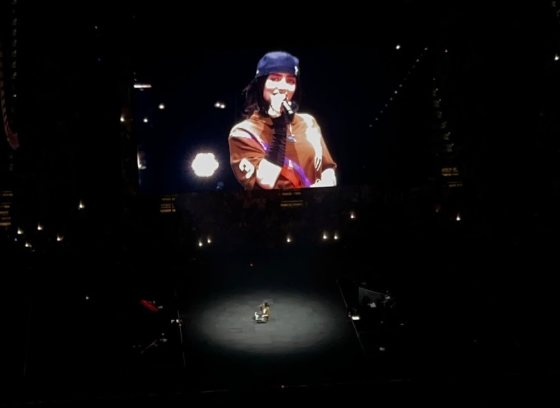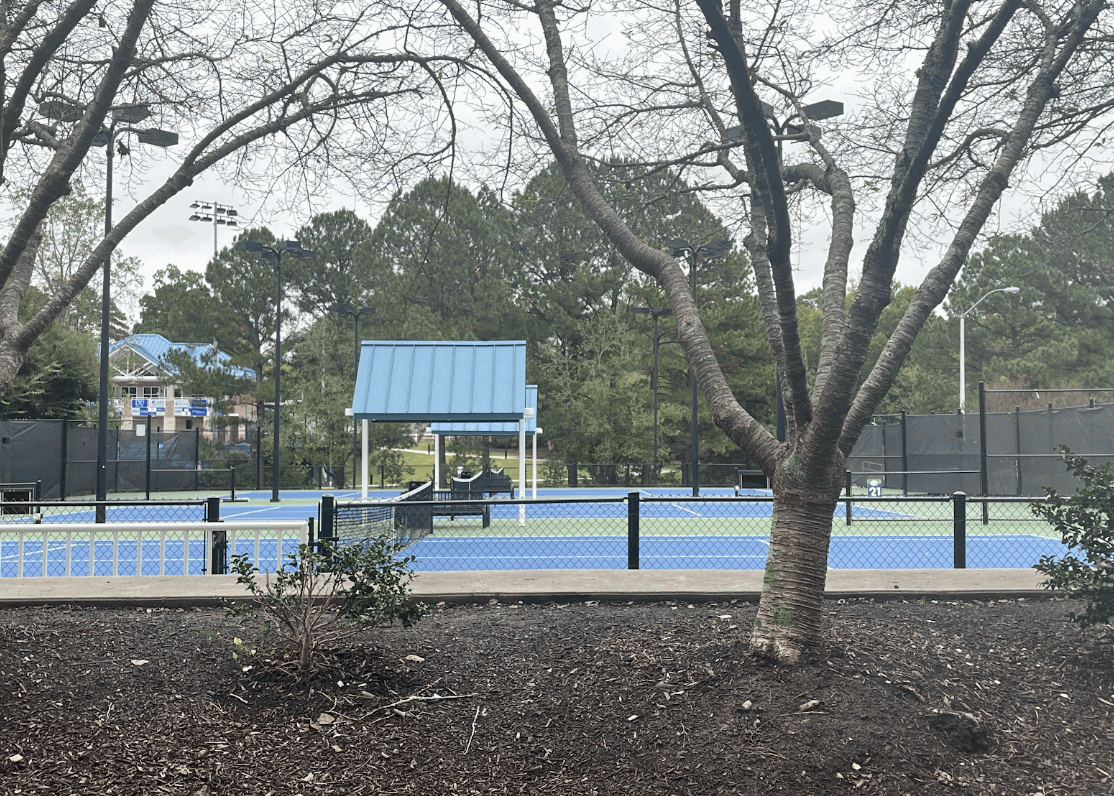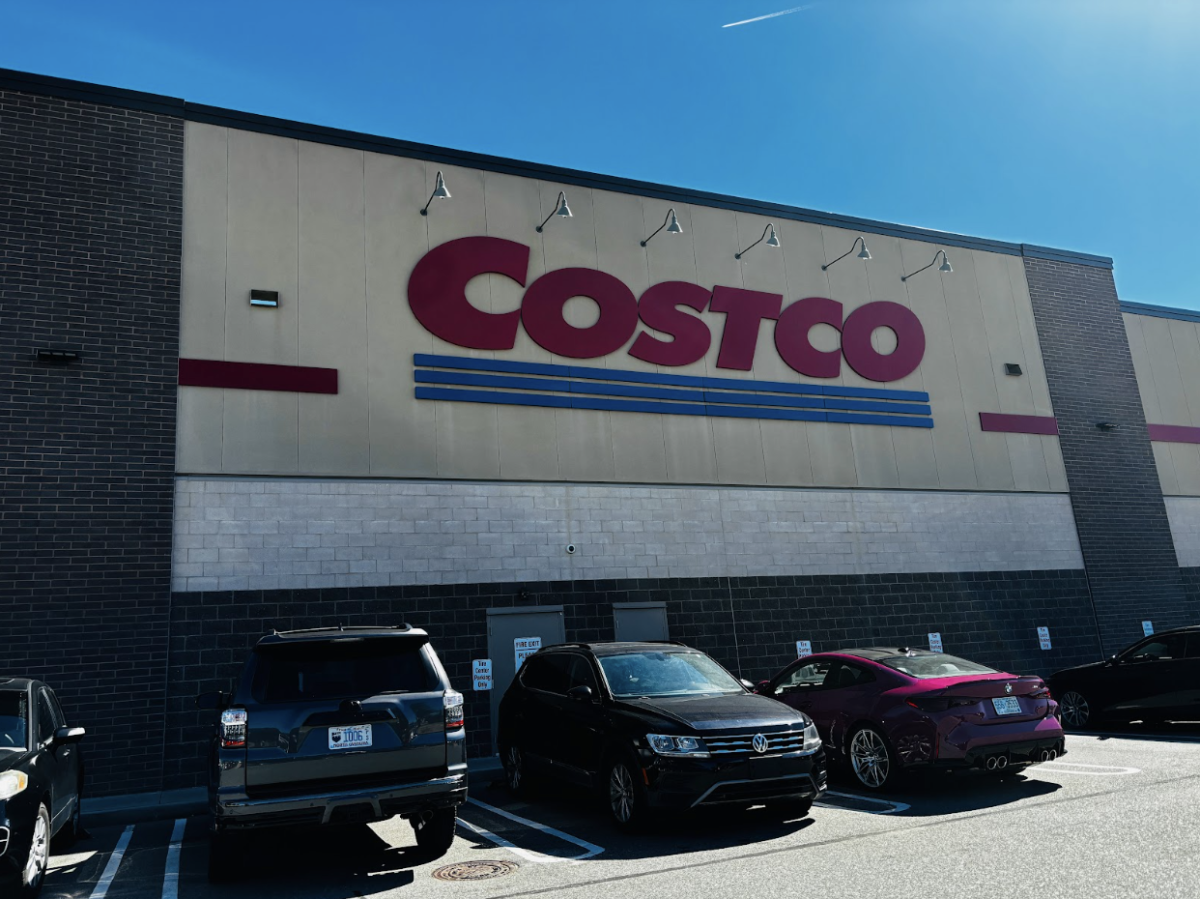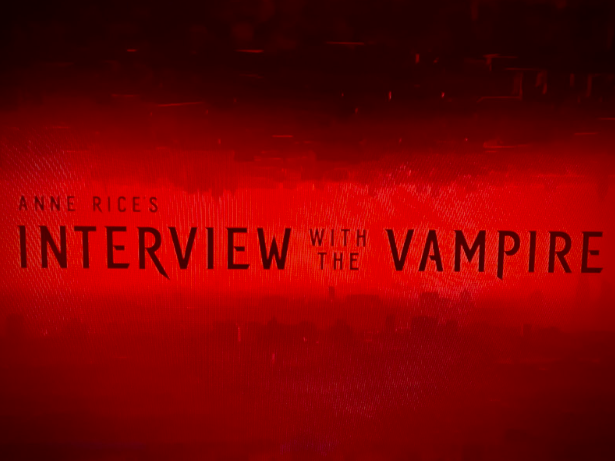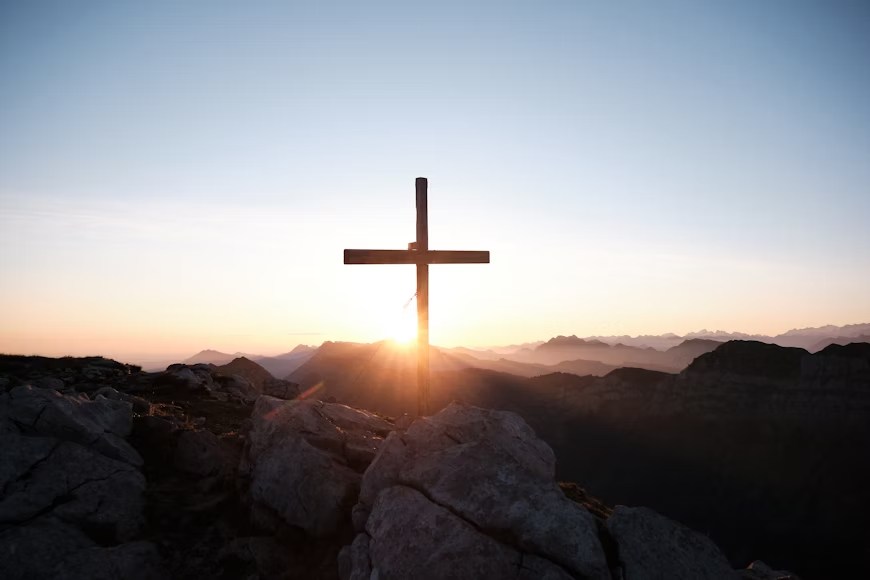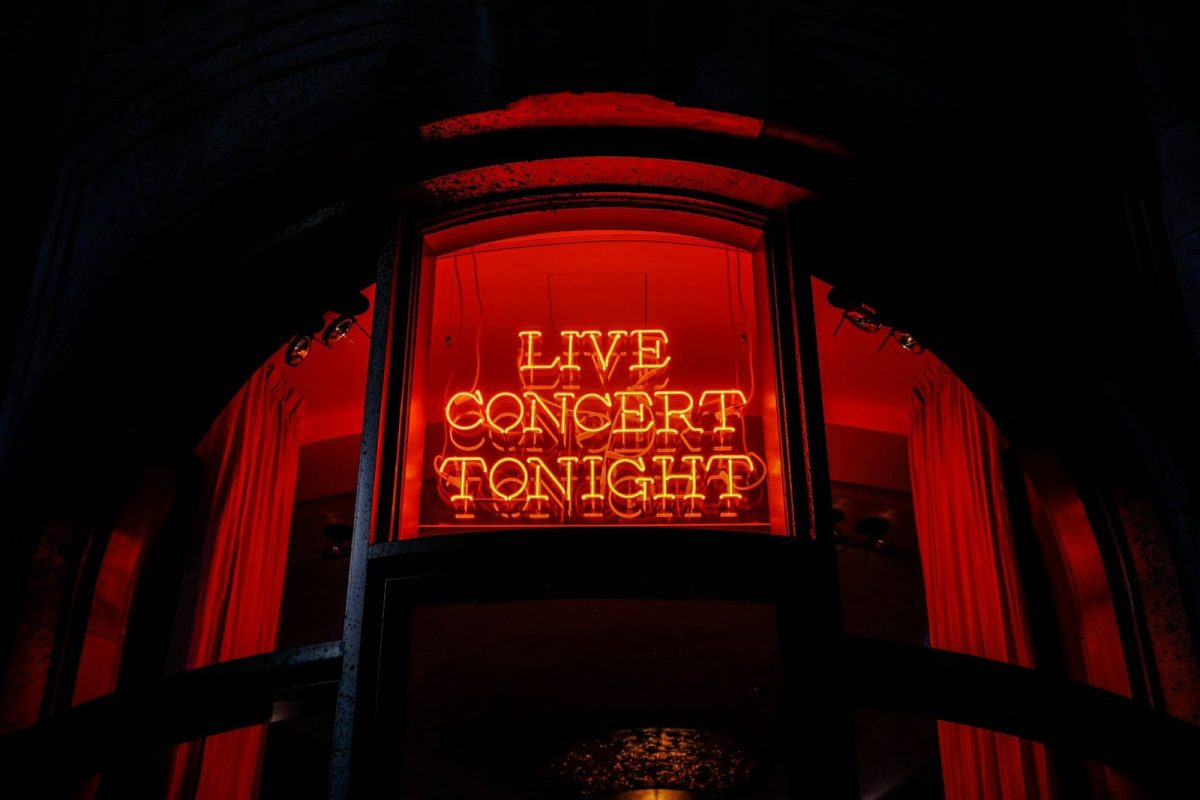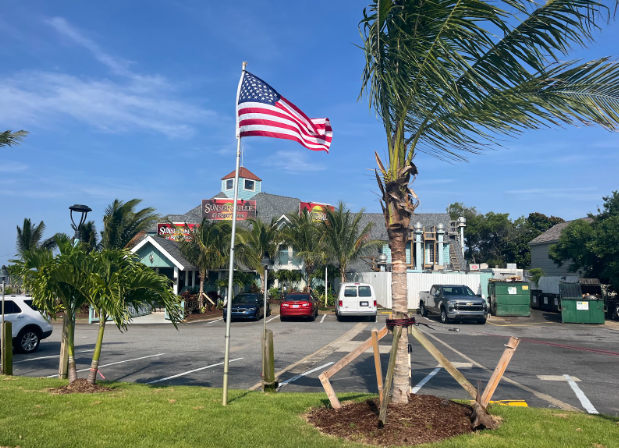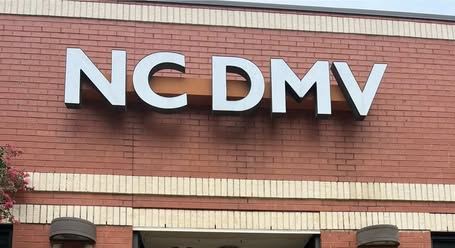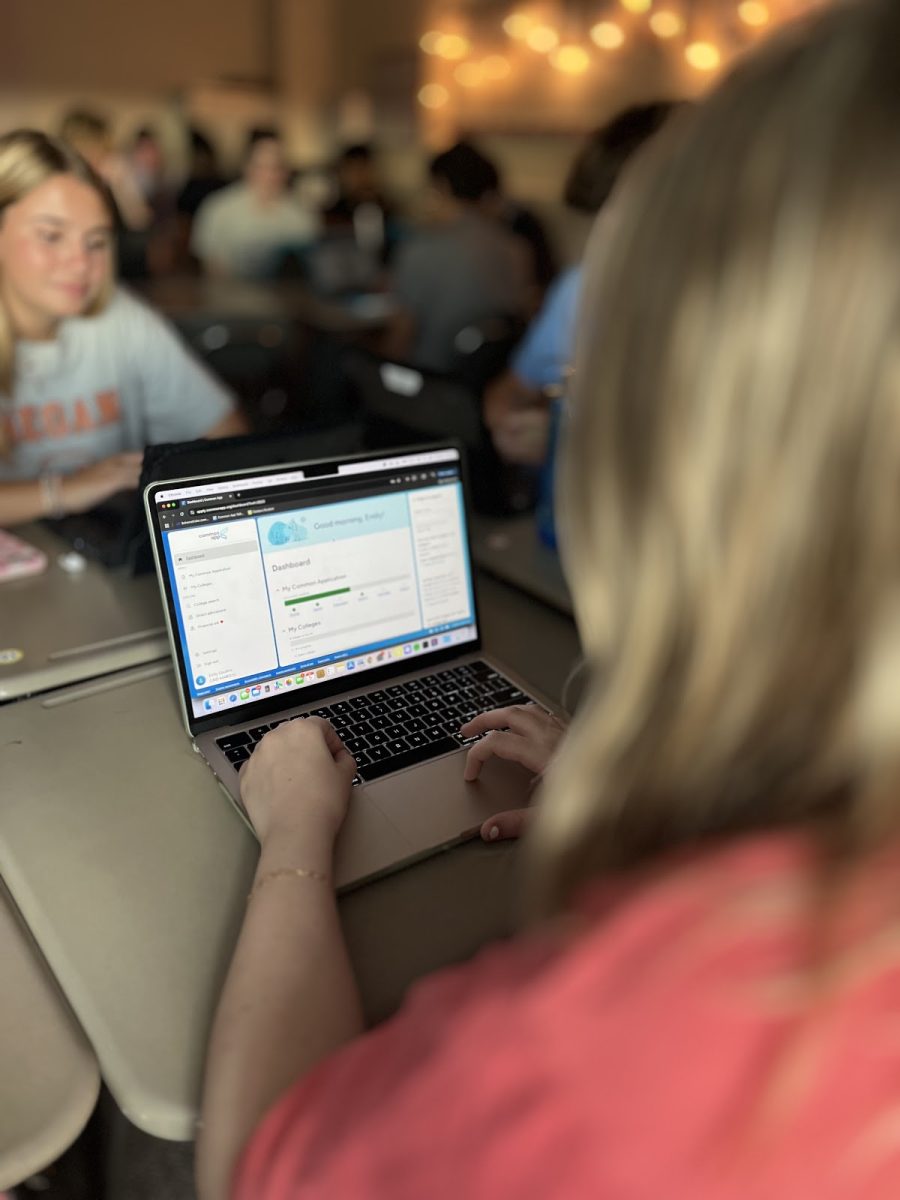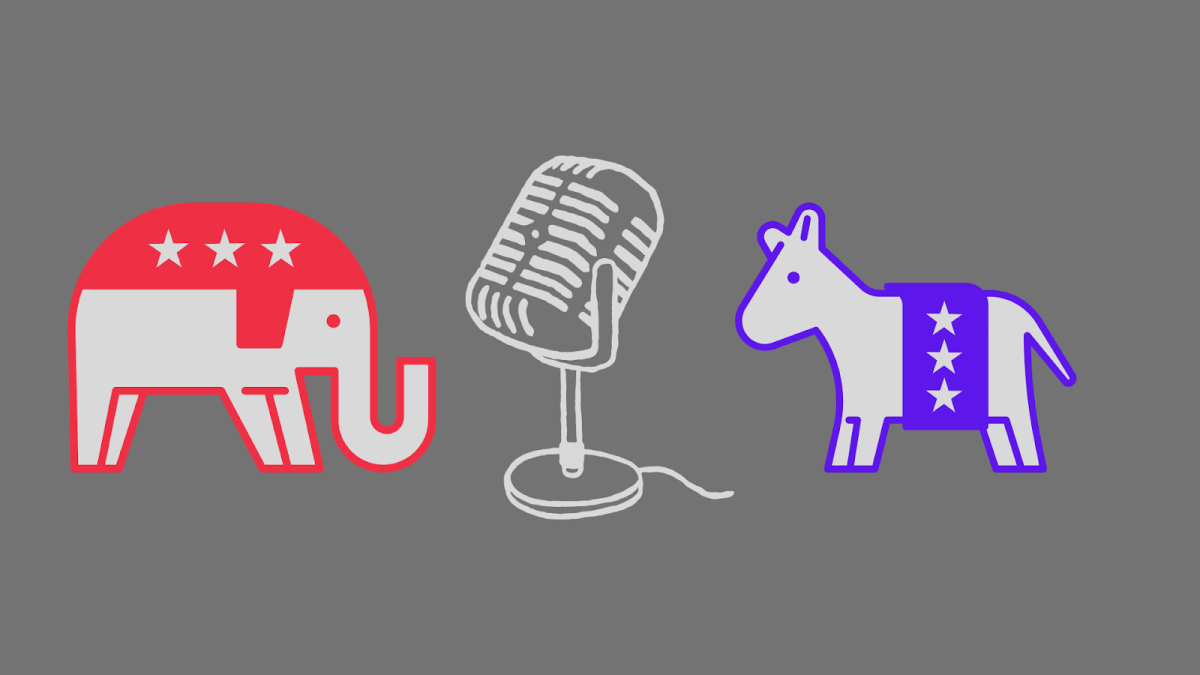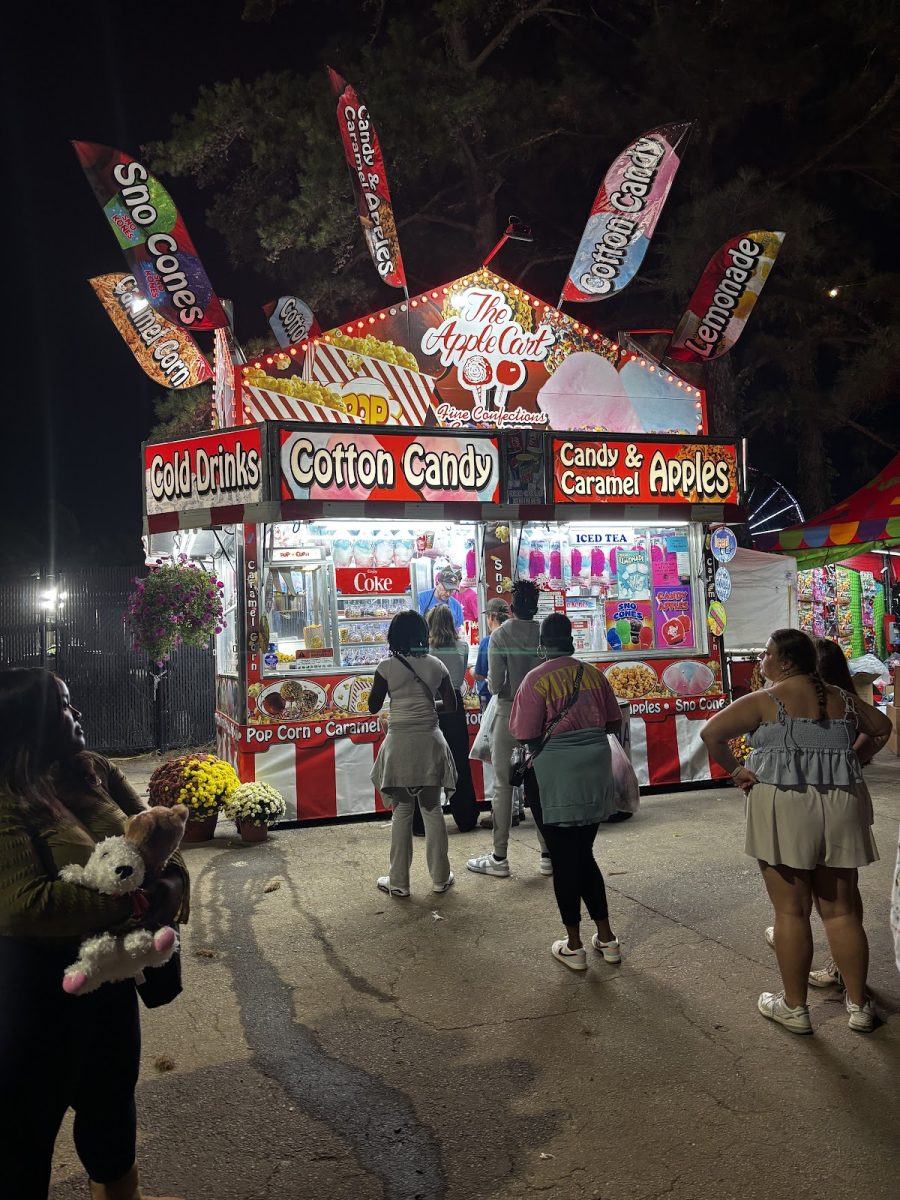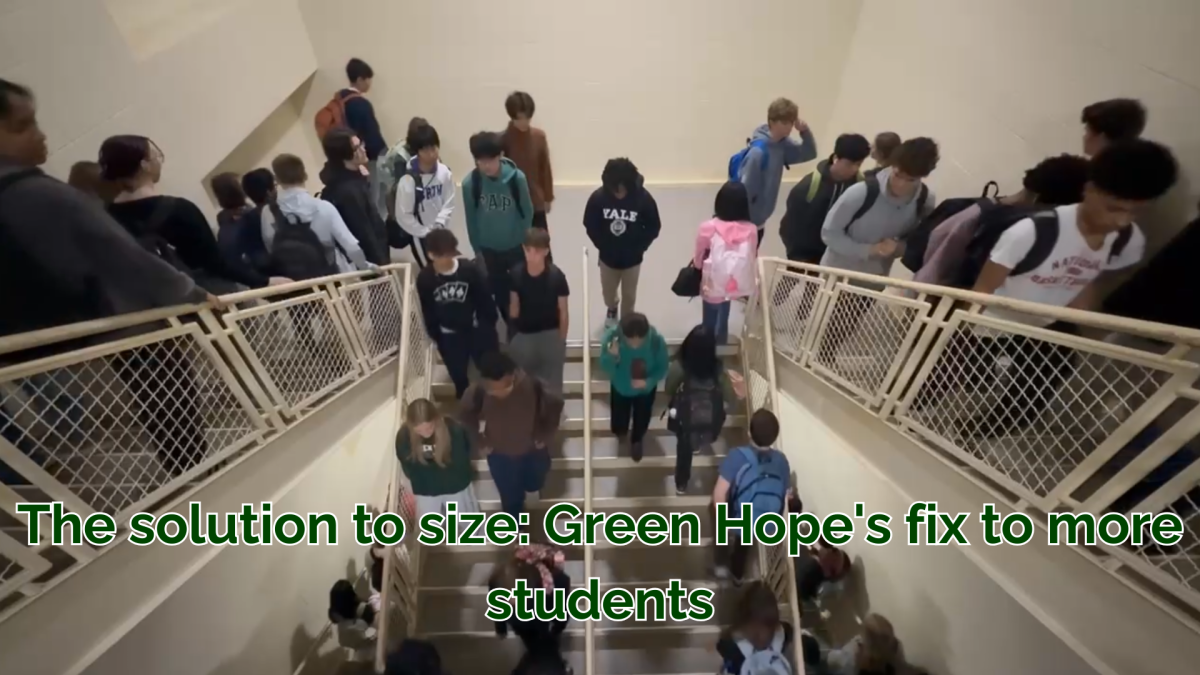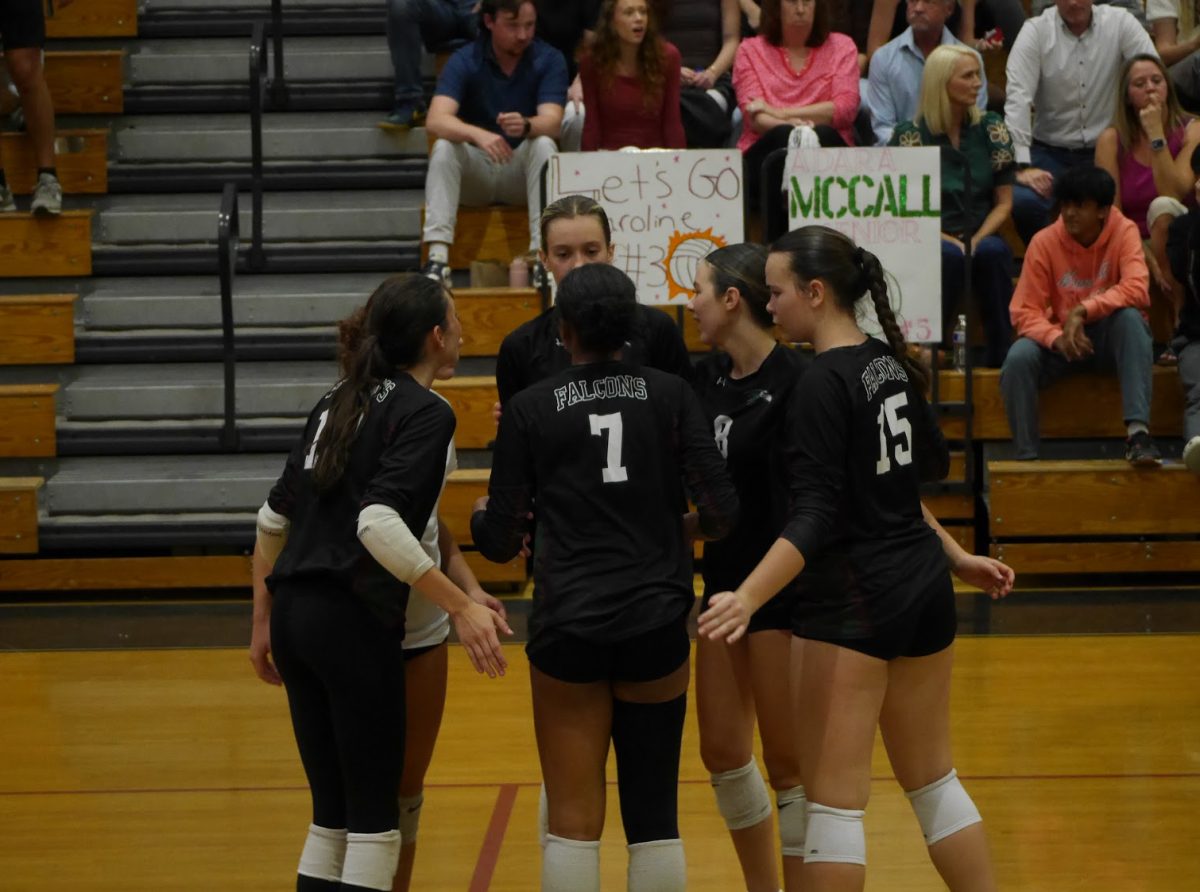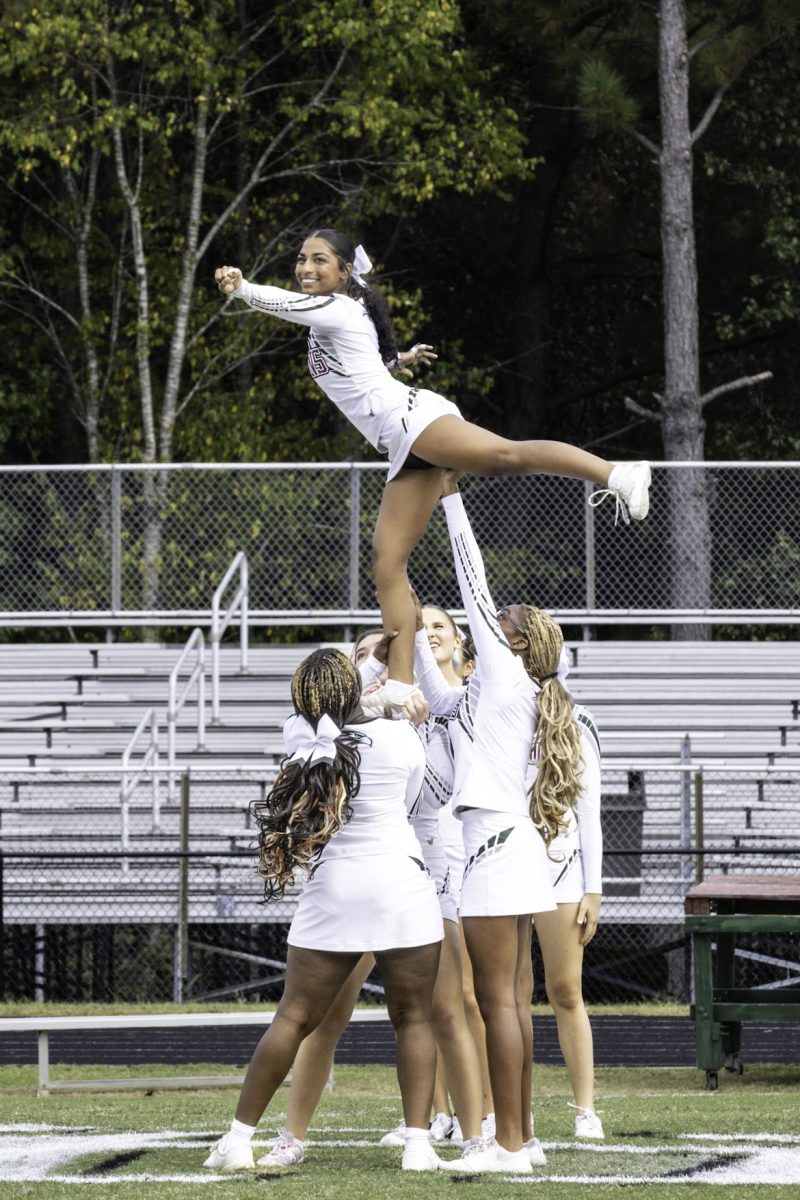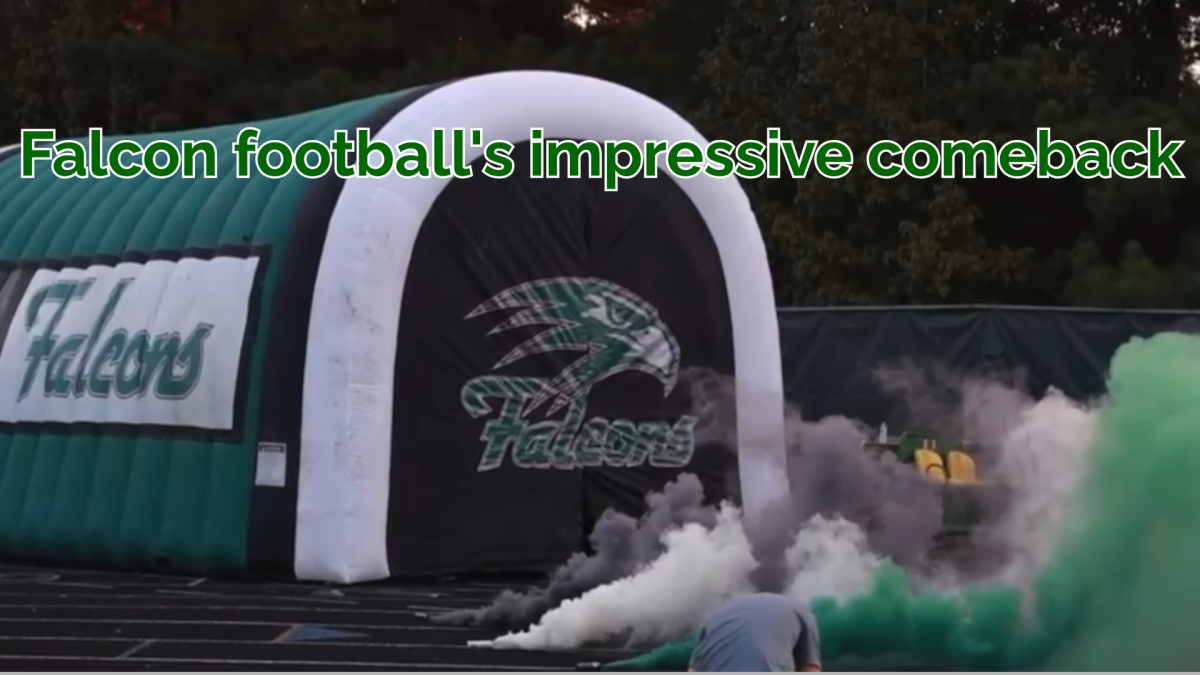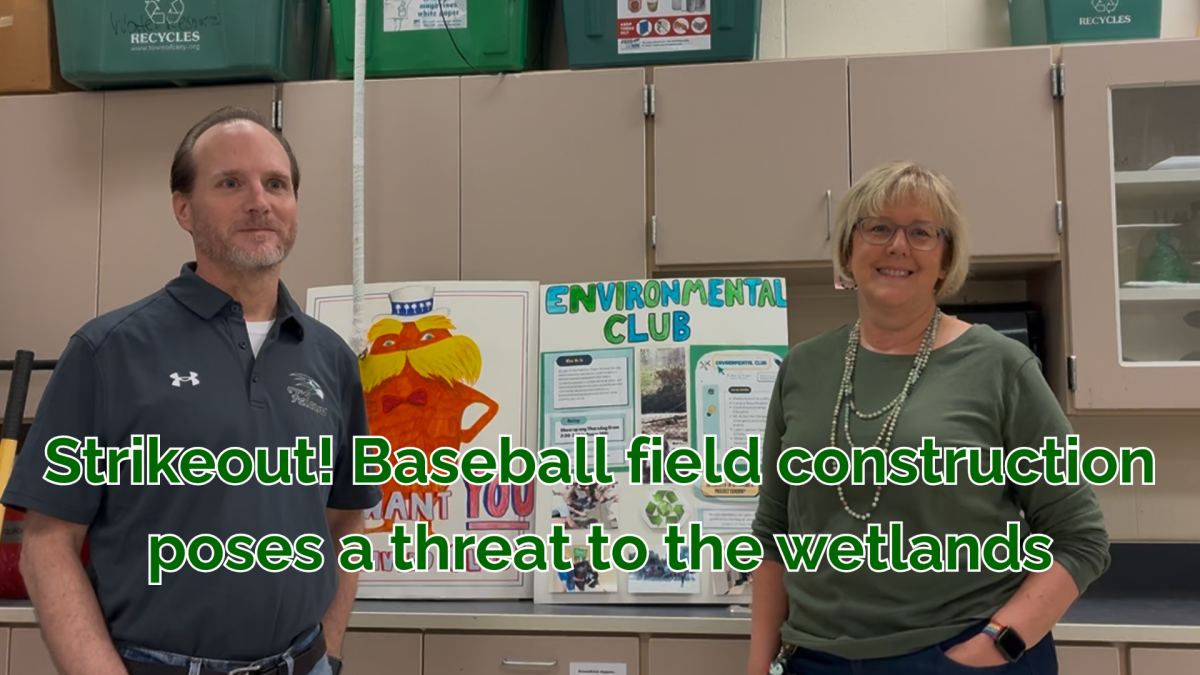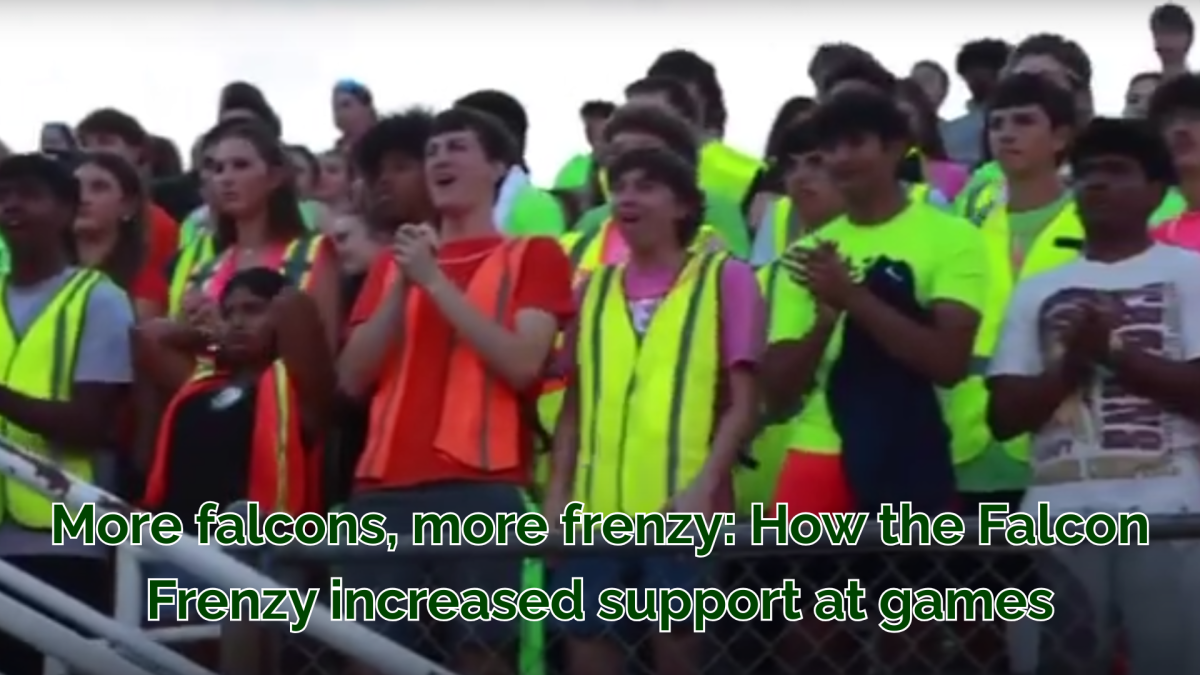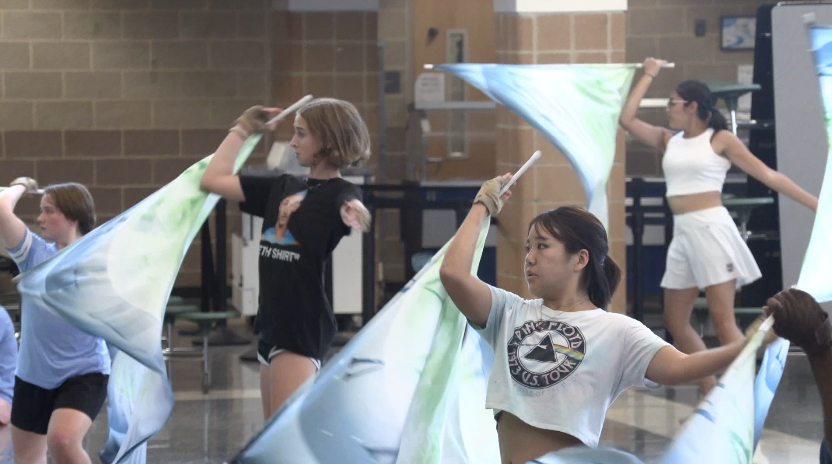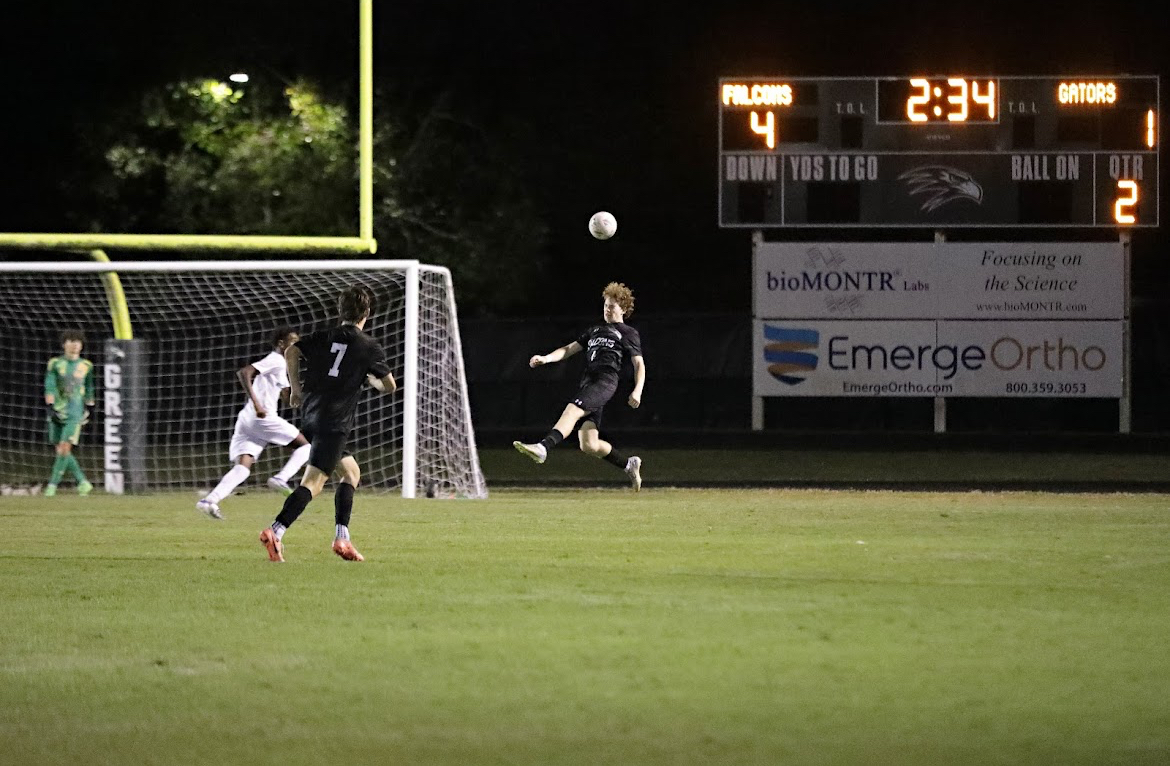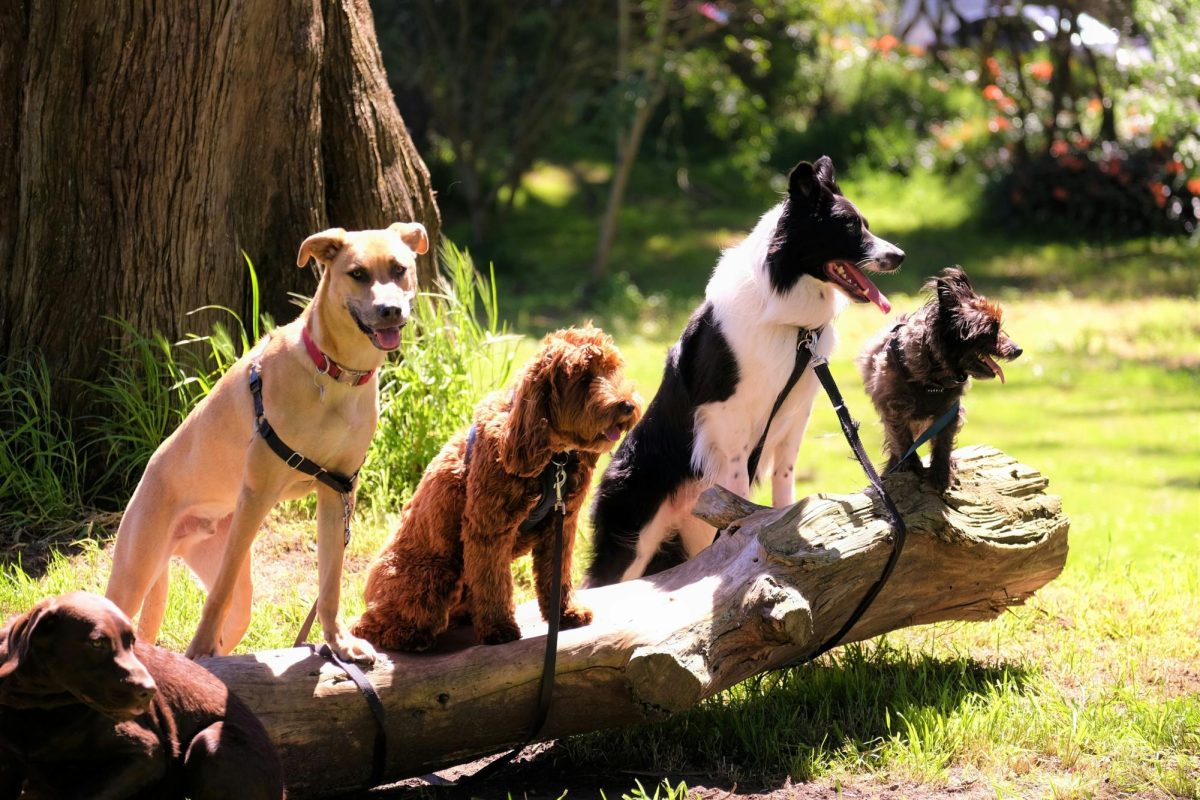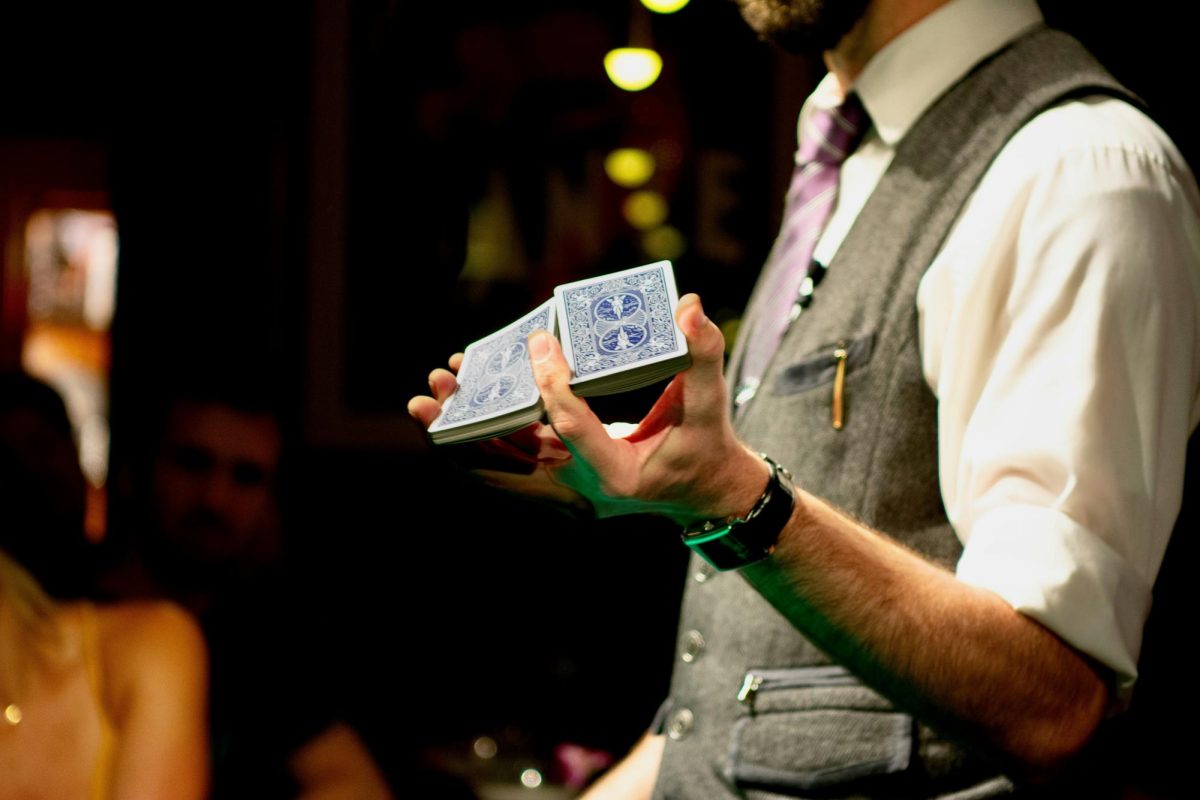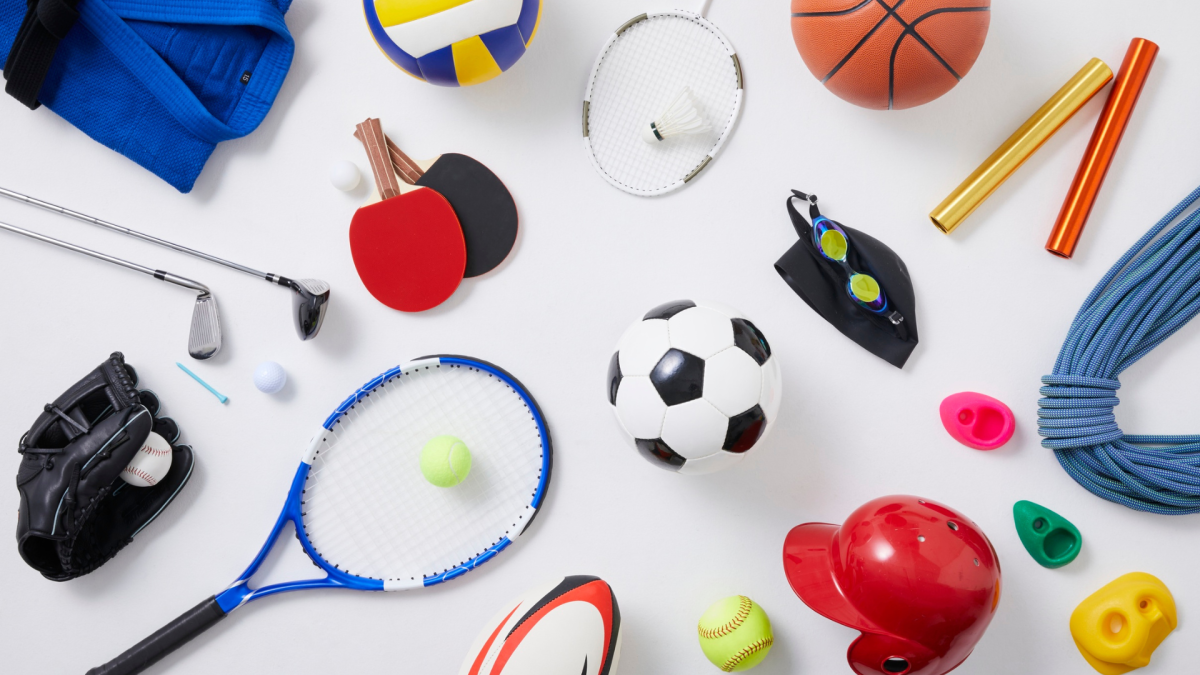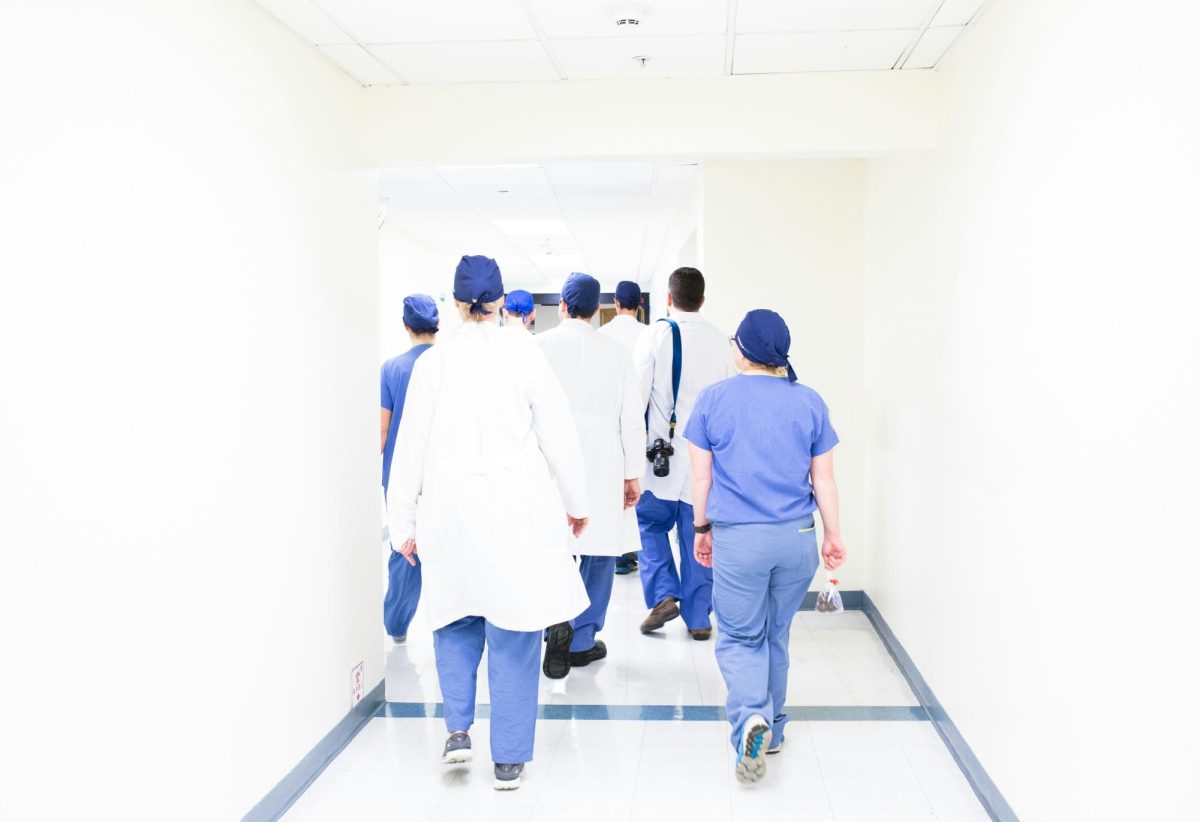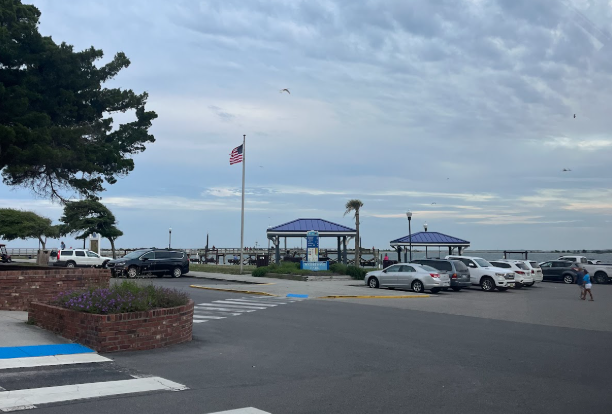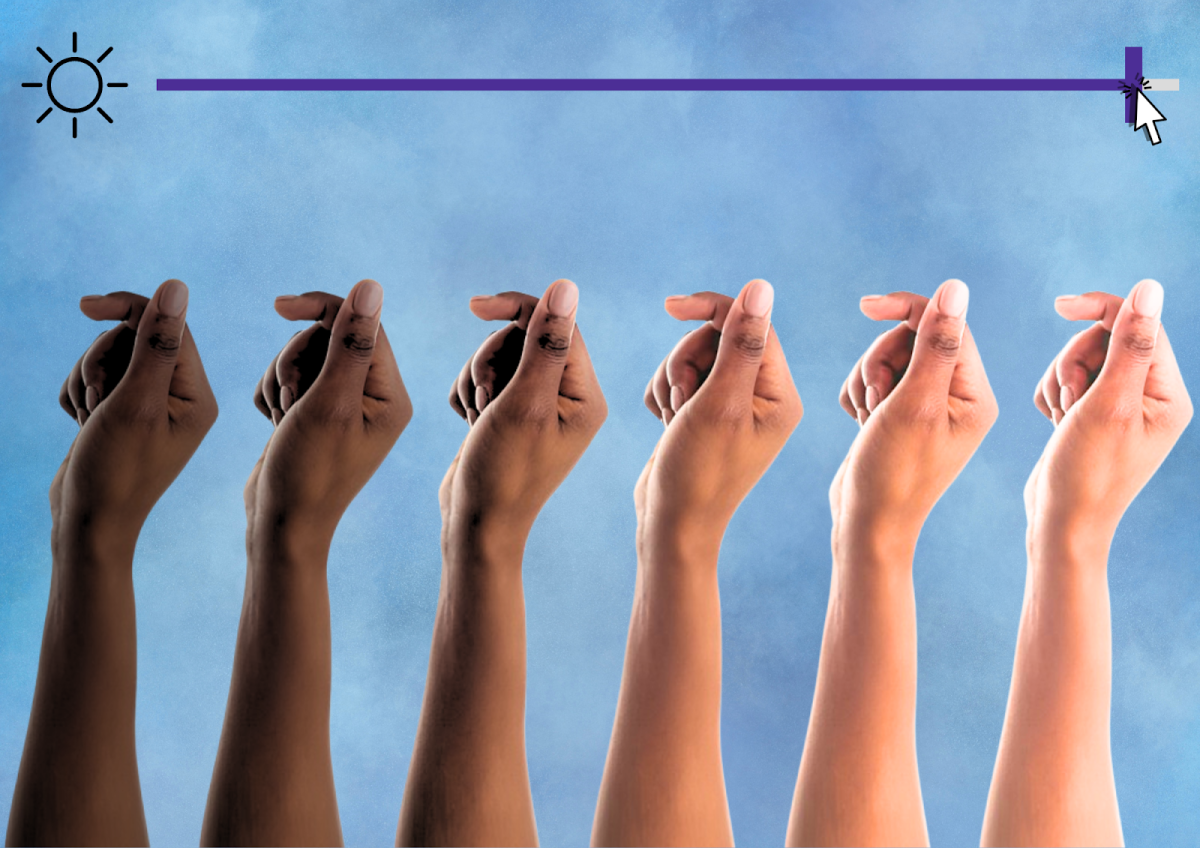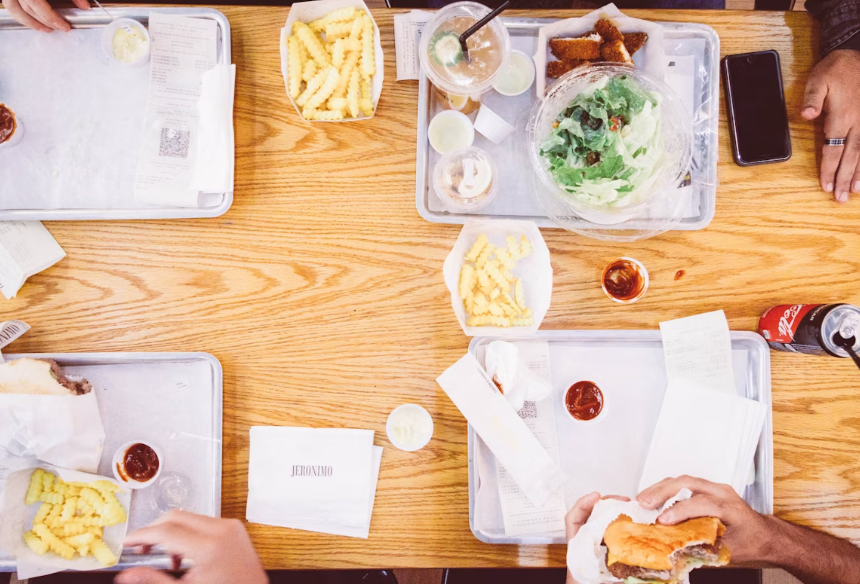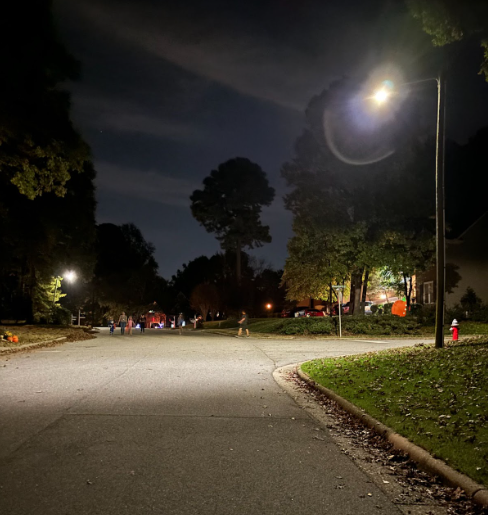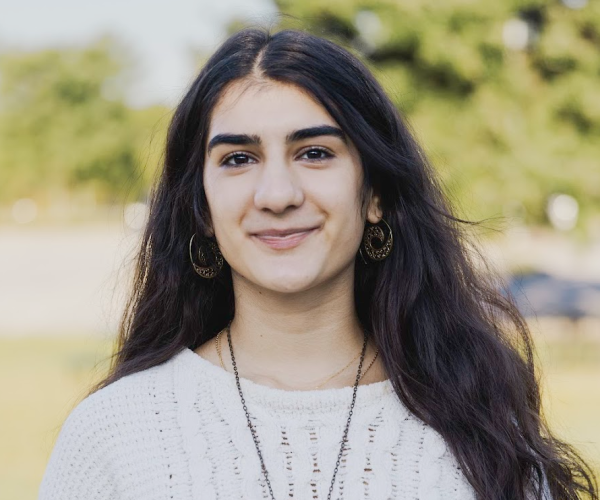Some may see sustainability as a drop in the ocean, but as Mr. Rush, the AP environmental science teacher, says, “One individual school might be comparable to another business, but when you take into account the dozens and dozens of schools in Wake County, it adds up pretty quickly.” It’s vital for schools to become greener. In just the lunchroom/commons area alone, there are 10 trash cans placed around, most of which get filled up and taken to the dumpster at the end of the day.
Is Green Hope a Sustainable School?
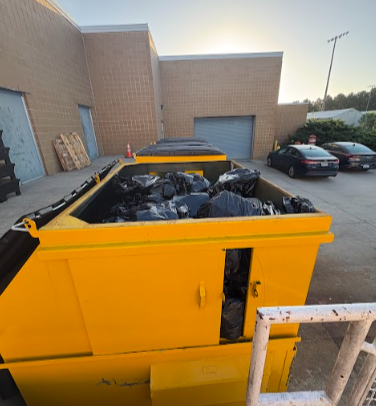
Green Hope isn’t winning any awards for its sustainability, but some student-led initiatives are striving to improve that. The environmental club dedicates its time to recycling to combat the large amount of landfill trash we produce. Any green “Feed the Bin” box placed around the school is collected and sorted by the club. However, the garbage can only be recycled if students put appropriate items in the recycling bin. The president of the environmental club, Miloni Tyagi, noted that, “A lot of people, students and staff, don’t really understand what to put in the recycling and what not to, so then we – the club members – have to go sort it. We don’t sort through the regular trash, but there’s probably a lot of recyclable things that are in the trash.”
The environmental club also tried to do a similar thing with composting, but a lack of volunteers caused it to fall through. 40% of students surveyed said that the most common thing they throw away at school is food scraps, which means a large majority of things that the school sends to the landfill could have been composted. The school investing in compost and recycling will have a broader and longer-lasting impact than what student initiatives alone can achieve.
Where does the Trash go?
There are two sections of the garbage: landfill and recycling bins. The landfill gets picked up by trucks and is then dropped off at the South Wake Municipal Landfill, which is the landfill for the 1 million people living in Wake County, including Green Hope High School. When filled, this landfill will hold 180 acres of compressed trash and be 100 ft high, yet the landfill was only made to last 25 years. Then the county will defo
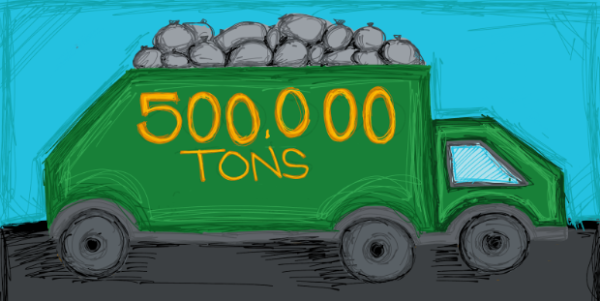
rest another plot of land to dump the trash, most likely even bigger to accommodate the growing population. 60% of the trash in this landfill could have been recycled. For the trash collected by the environmental club and placed in green bins, it gets collected separately and sent to a Sonoco recycling facility. Their employees pick out the unrecyclable materials by hand, and then different machines sort the trash and pack it into categorized blocks. These blocks of clean recycled materials get sent to private companies and manufacturers who will reuse and repurpose them.
What can you do?
The biggest thing is to learn what you can recycle. Mr. Rush said that, “[Students] are horrible at recycling. We find tons of trash in the recycle bins, and we find lots of recyclable materials in trash bins”. You can put clean metal cans, paper, cardboard and plastic bottles/containers. Tyagi mentioned that “people use a lot of plastic containers for their food. You can’t recycle that or any paper containers that get oil on them.” Bringing a lunch and snacks from home that you pack in a reusable container will help reduce the school trash. Overconsumption and buying single-use, short-term items that are unnecessary or could be reused is the bigger problem, driving most of the waste. Reusing what you have instead of buying something new might seem small, but it can drastically reduce your waste output. Students can only control the sustainability of their own habits at school. Our school can only change its sustainability if the students show they care about it.


